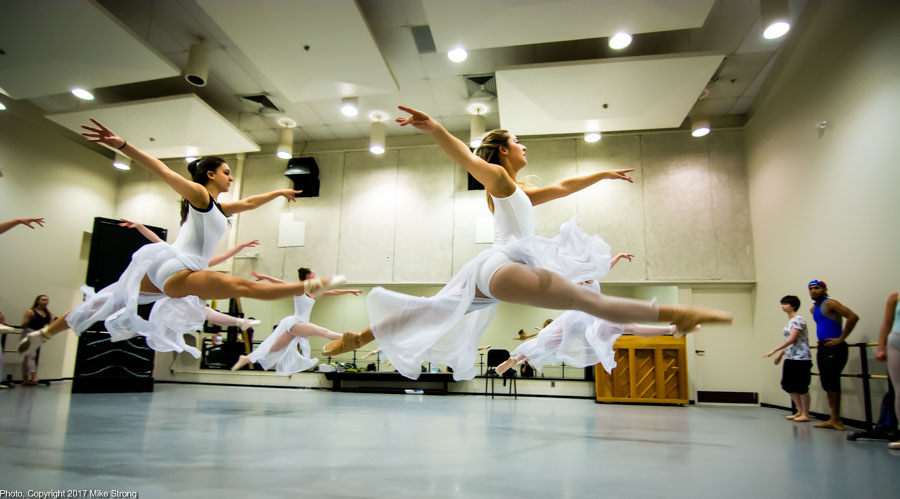
GHOST us in studio rehearsal
f/2.8, 1/160, ISO-3200, 11mm
Four Concert Performances1 - Thursday April 27 - 7:30 pm2 - Friday April 28 - 7:30 pm 3 - Saturday April 29 - 2:30 pm - Free, Informal 4 - Saturday April 29 - 7:30 pm The prices for all evening concerts were: $12 general public, $5 UMKC faculty, staff, students (with ID) (TIP: get prices at the Folly Box Office, they are higher at PAC) The Saturday afternoon concert free |

GHOST us in studio rehearsal
f/2.8, 1/160, ISO-3200, 11mm

GHOST us
f/2, 1/125, ISO-4000, 35mm

Fusion by Wang Hong-yun - studio rehearsal
Nikon D7100, f/5.6, 1/200, ISO-2500, 90mm
Conservatory Artist Series |
|
Spring Dance Concert |
|
| Guest artists: | |
| Wang Hong-yun | |
| Kirven Douthit-Boyd | |
| Faculty artists | |
| Paula Weber | |
| Gary Abbott | |
| Mary Pat Henry | |
| DeeAnna Hiett | |
| Ronald Tice, concert director | |
| Thursday, Friday Saturday, April 27, 28, 29 at 7:30pm and Saturday April 29 at 2:30 pm |
|
| James C. Olson Performing Arts Center - White Recital Hall | |
PROGRAM |
|
Rong: Fusion |
|
| Choreography | Wang Hong-yun and Li Ye |
| Music | Rong |
| Composed by | Xu Chang-Jun (b. 1957) |
| Lighting design | Jamie Leonard |
| Costume design and construction | Wang Hong-yun |
| Dancers | Jessica Barber, Nora 'Burkitt, Alaina deRaedt, Shannon DeGroot, Sierra DeYoung, Tessa Duncan, Kirsten Fink, Remmington Hartmann, Victoria Hay, Clarate Heckler, Madeline Koesters, Christine Kraus, Tianna Morton, Dianelle Palomina, Phoebe Perry, Olivia Rogers, Jennifer Scholl, Josephine Schneider, Alexandra Smith, Ava Wichser, Hannah Wagner, Hannah Wilczewski and Molly Kasperick, Virginia Smith |
Klavier Poems |
|
| Choreography | Paula Weber |
| Music | td>Piano Sonata No. 29 in B-flat Major, Op. 106 Composed by Ludwig van Beethoven (1770—1827) |
| Lighting design | Bryce Foster |
| Costume design and construction | Paula Weber |
| Dancers | Ricky Davis with Christine Kraus, Sierra Deyoung, and Mallory Hensel (Thursday evening) Cameron Miller with Maria Hall, Holly Marcin, and Alexandria Brant (Friday and Saturday evenings) DaJuan Johnson with Nia Towe, Madeline Koesters, and Mallory Hensel (Saturday matinee) |
Bach'd |
|
| Choreography | Gary Abbott |
| Music | Johann Sebastian Bach (1686—1750) |
| Lighting design | Jamie Green |
| Costumes design | Joan Hay Barber |
| Costume construction | Lisa Choules |
| "Reflects the timeless grace, passion, power, and rhythmic of Johann Sebastian Bach's compositions." —Gary Abbott | |
| Dancers | David Calhoun. Bree Dorsey, John Roberts, Nia Towe, Sarah Frangenberg, Ricky Davis (Thursday and Saturday evenings) DaJuan Johnson, Taylor Edwards, Trey Johnson, Maria Hall, Hannah Wagner, James Fenoglio (Fnday evening. Saturday matinee) |
Counterpoint Continuum |
|
| Choreography | Mary Pat Henry |
| Music | Vermont Counterpoint |
| Composed | Stephen Reich |
| Lighting design | Jamie Leonard |
| Costume design | Mary Pat Henry |
| Dancers | Jessica Barber, Brigitte Benyel. Nora Burkitt*, MaKenna Dowling*, Rernrnington Hartrnann, Victoria Hayt, Sophie Henning, Katte Johnson, Cameo Miller. Phoebe Perry, Josephine Schneider, Jennifer Scholl, Megan, Hannah Wagner Ava Wichser€ Shannon DeGroots, Hannah Wilczewski Tessa Duncan, Beret Elker, Phoebe Lind, Alexandra Smith (Saturday matinee) |
INTERMISSlON |
|
Without a Word |
|
| Choreography | DeeAnna Hiett |
| Music | Kronos Quartet and NieR |
| Lighting design | Brian Moore |
| Costume design | DeeAnna Hiett |
| Dancers | Mallory Hensel, Cameron Miller, David Calhoun - or - Maria Hall, Trey Johnson, Harrison Parker with Hannah Wagner, Kaitlyn Gardner, Breanna Dorsey, Kim Alvarez, Katherine Johnson, Marina Shortino, Alexandria Brant, Courtney Benner, Sarah Frangenberg, Madeline Koesters, Phoebe Perry, Remmington Hartman, Victoria Hay, Clarate Heckler, Megan Tabel, Alexandra Smith, Tianna Morton, Taylor Edwards Understudies: Makenna Dowling, Phoebe Lind, Cameo Miller, Brigitte Benyei, Hannah Wilczewski, Christine Kraus, Holly Messman, Alaina DeRaedt, Ayana Roberson, Nora Burkitt, Josephine Schneider |
Release |
|
| Choreography | Kirven Douthit-Boyd |
| Music | Taiko Daiko |
| Lighting design | Hector Quintero |
| Costume design | Kirven Douthit-Boyd |
| Dancers | Sophie Henning, Christine Kraus, Katherine Johnson, Clarate Heckler, Phoebe Perry, Breanna Dorsey, Hannah Wagner, Marina Shortino, Megan Tabel, Trey Johnson, James Fenoglio, Ricky Davis, Rachel Grinde, Alexandria Brant Understudies: Taylor Edwards, Kaitlyn Gardner, Colin Fledenck, John Roberts, Sarah Frangenberg, Cameo Miller |
GHOST us |
|
| Choreography | Ronald Tice |
| Music | Original audio montage by Tice, with the music of Pergolesi, Purcell, Funcadelic, Ives, and Saint-Saéns |
| Lighting design | Pamela Meadows and Hector Quintero |
| Costume design | Ronald Tice |
| Dancers | Beret Elker, Kailyn Gardner, Bethany Gradwohl, Molly Kasparek, Taryn Layne-Mulhern, Danielle Palomino, Josephine Schneider, Jennifer Scholl, Ava Wichser, James Fonoglio. Colin Frederick, John Roberts, Joshua Velasqez (Thursday evening, Saturday matinee) Jessicar Barber, Shannon DeGroot, Tessa Duncan, Kristen Finck, Victoria Hay, Olivia Rogers, Jennfer Soholl, Alexandra Smith. Ava Wichser, John Roborts, Colin Frederick, Jeremy Shapel, Joshua Velasqez (Friday and Saturday evenings) |
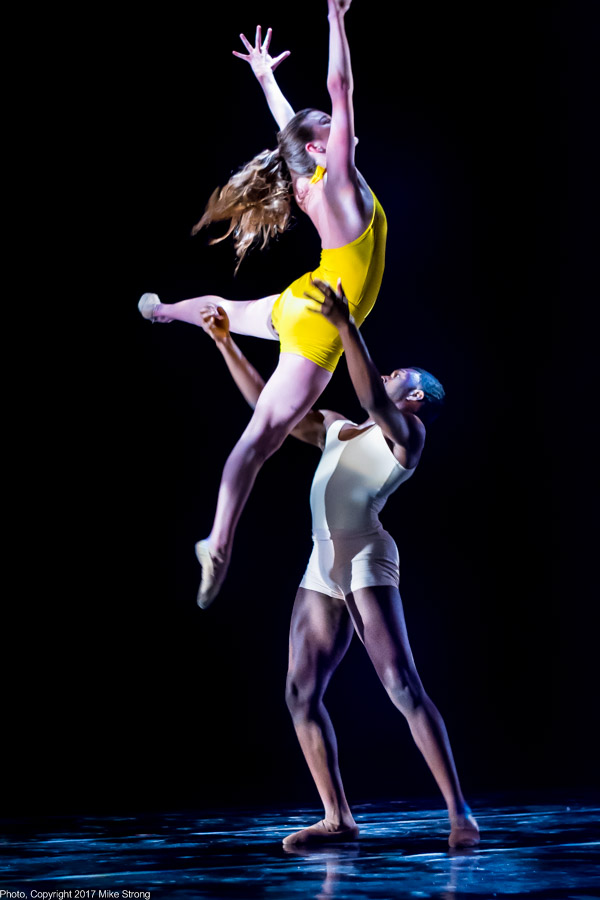
Ricky Davis catches . in Release by Kirven Douthit-Boyd
f/2, 1/100, ISO-3200, 50mm
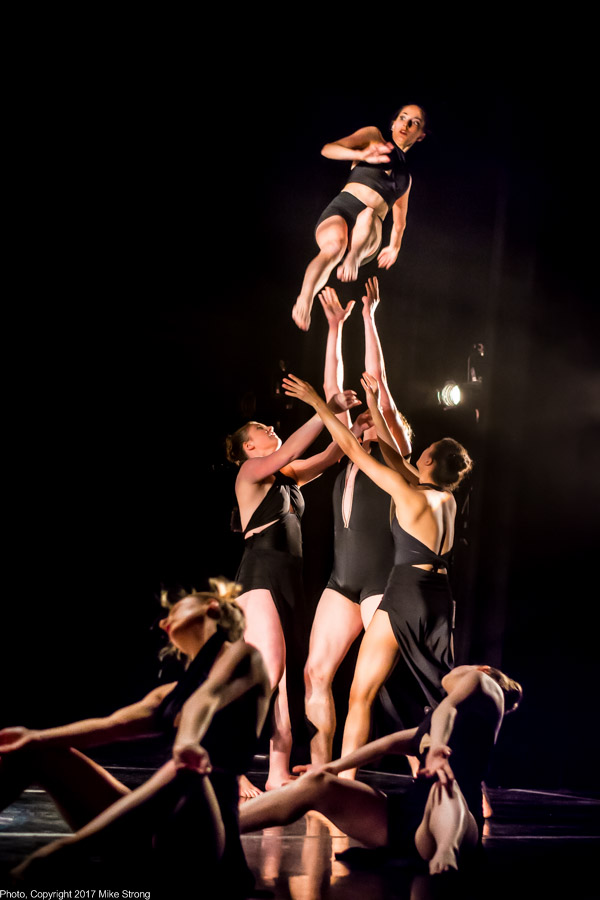
Tossing and Catching Mallory Hensel in Without a Word by DeeAnna Hiett - Trey Johnson in the center of the toss
f/2, 1/160, ISO-3200, 50mm

Catching, in "Release" by Kirven Douthit-Boyd
f/2, 1/100, ISO-3200, 35mm
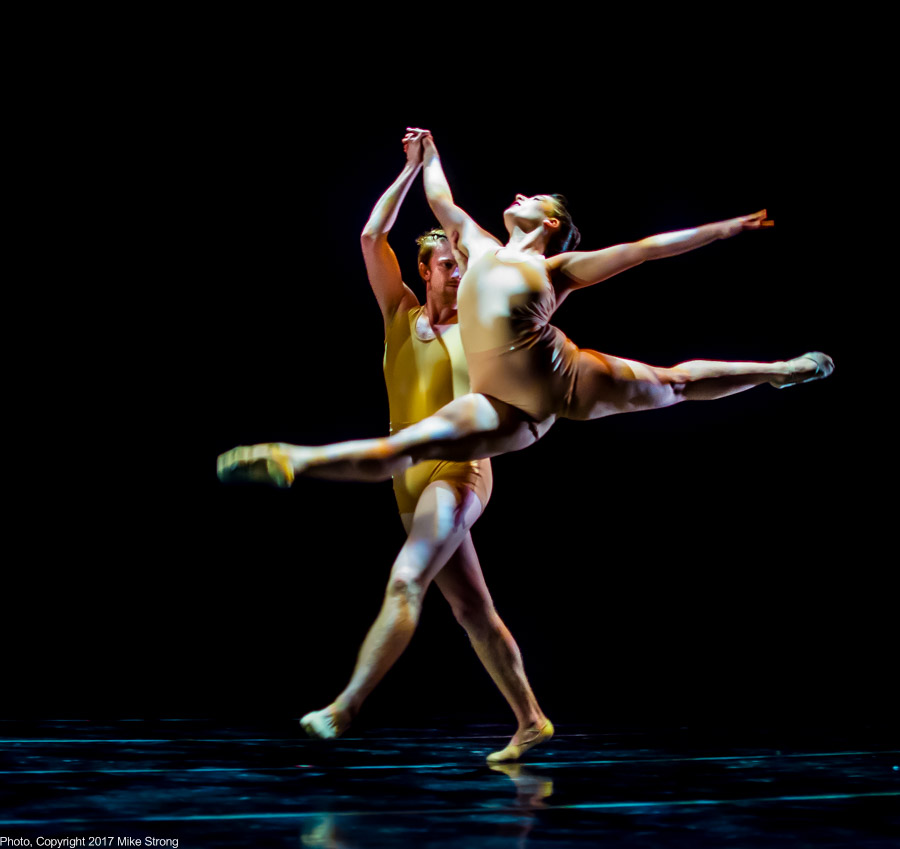
Release
f/2, 1/100, ISO-3200, 35mm

Release
f/2, 1/100, ISO-3200, 35mm
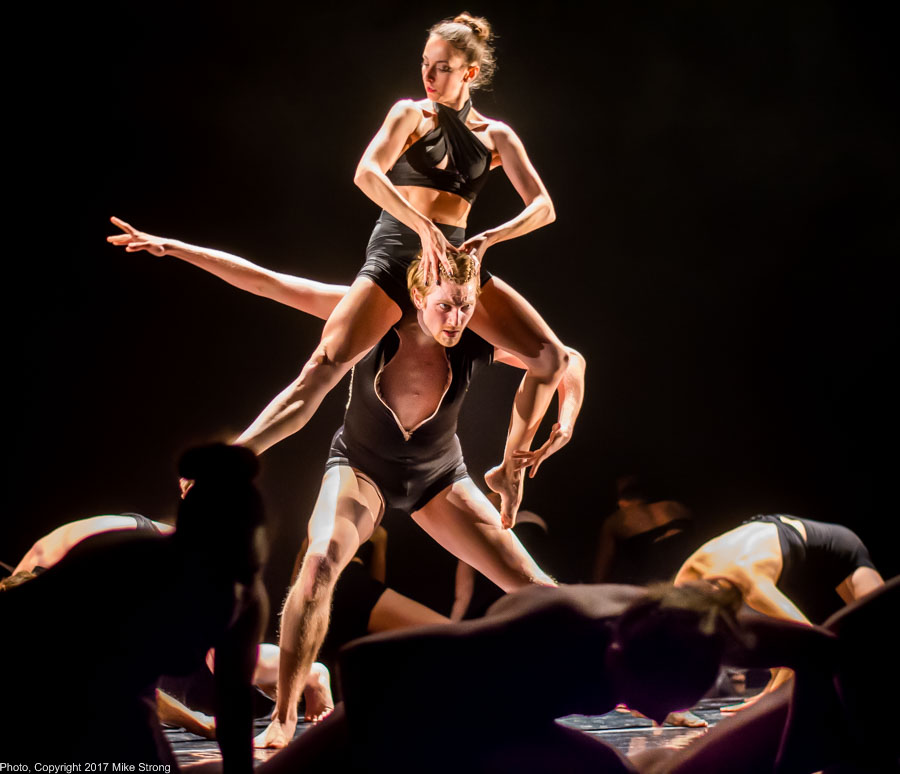
Without a Word
f/2, 1/160, ISO-3200, 50mm
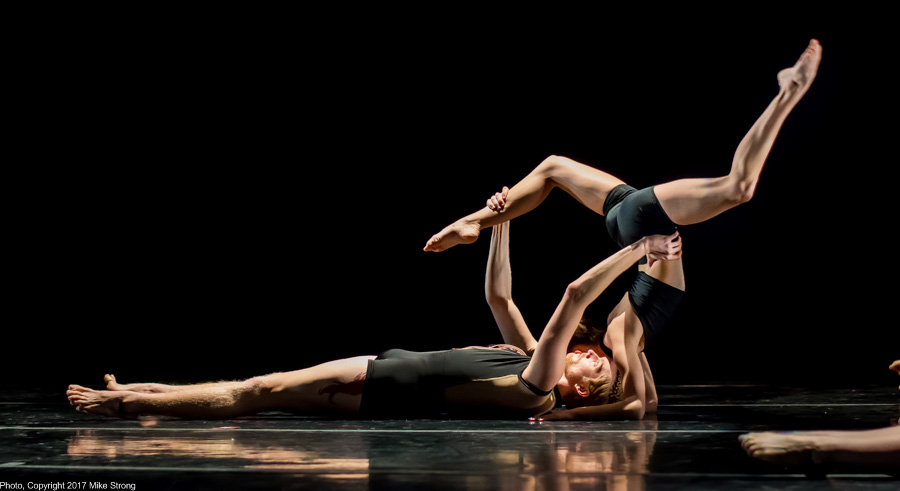
Without a Word by DeeAnna Hiett
f/2, 1/100, ISO-3200, 50mm
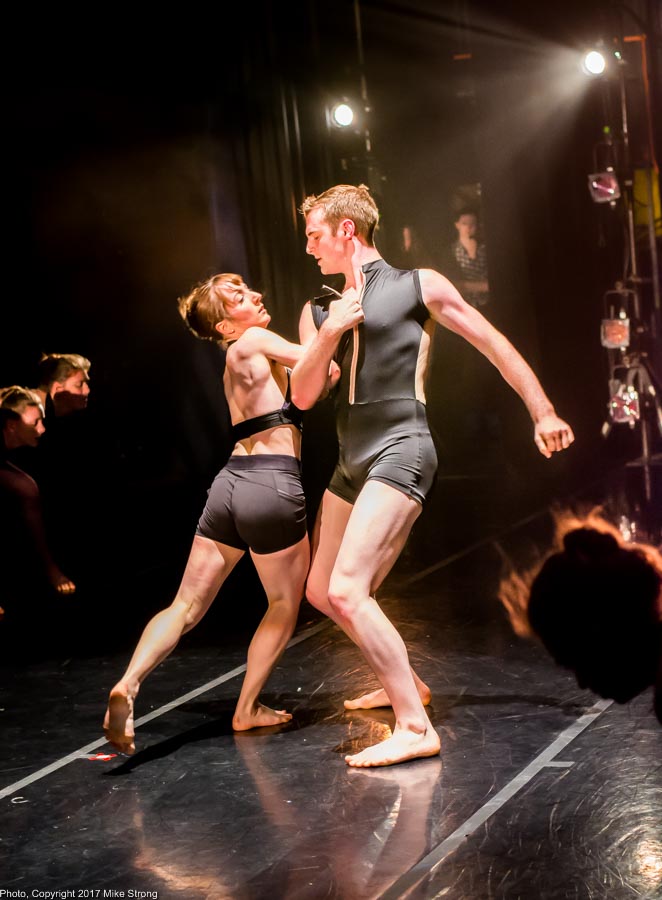
Without A Word
f/2.8, 1/200, ISO-3200, 50mm
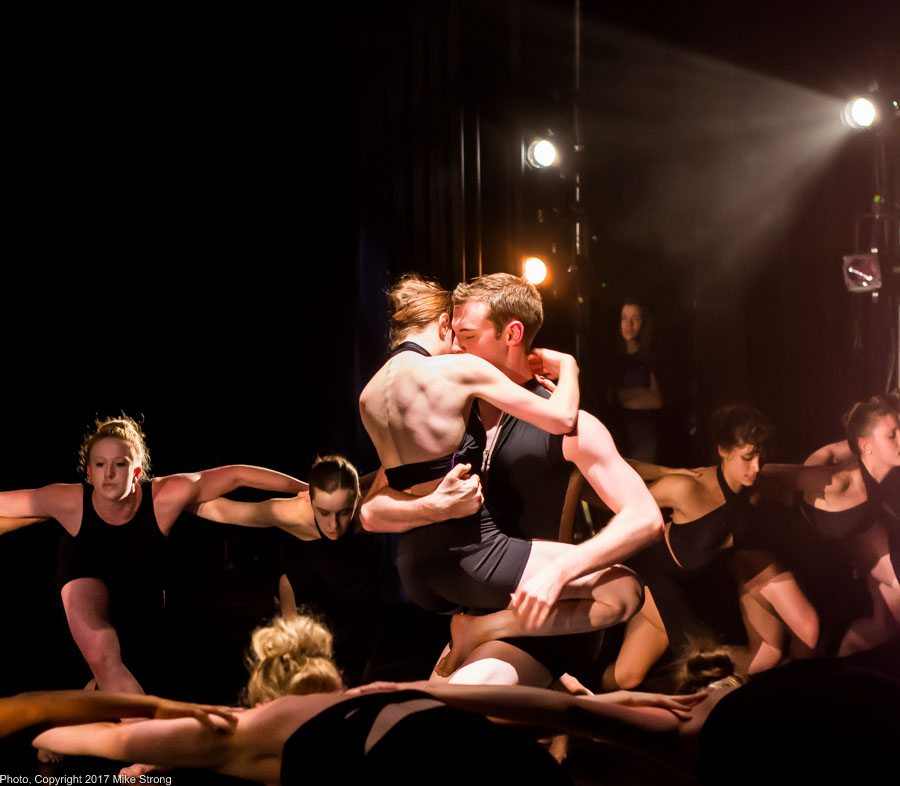
Without A Word
f/2.8, 1/200, ISO-3200, 50mm

Counterpoint Continuum
f/2, 1/80, ISO-3200, 35mm
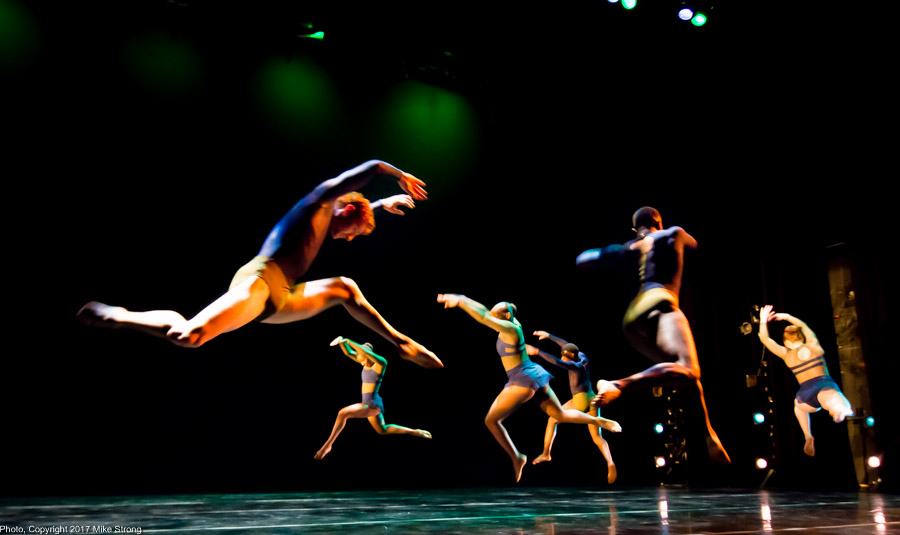
Bach-d
f/2.8, 1/100, ISO-3200, 16mm
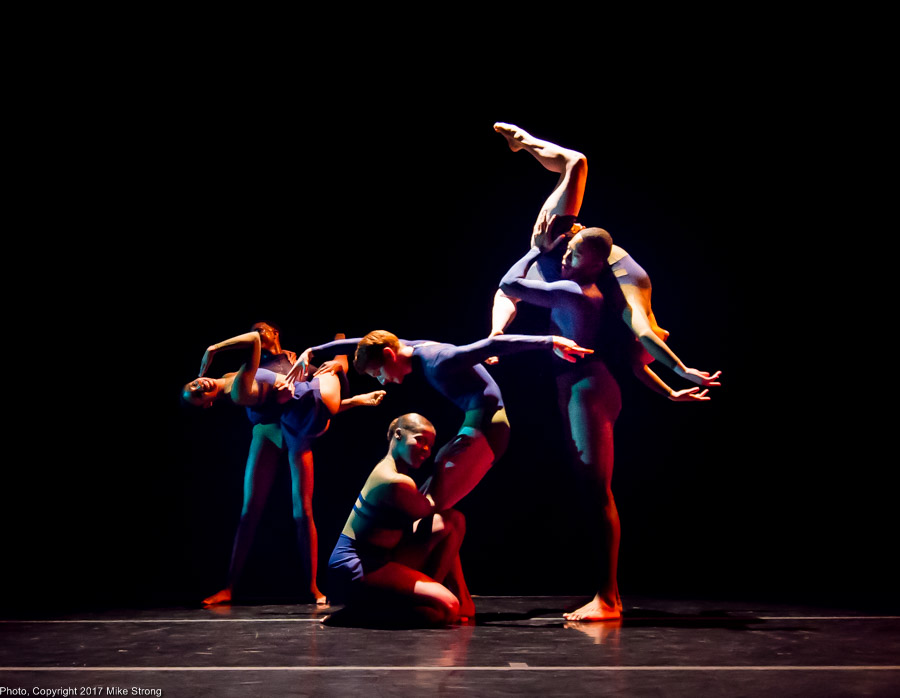
Bach-d
f/2.8, 1/100, ISO-3200, 16mm
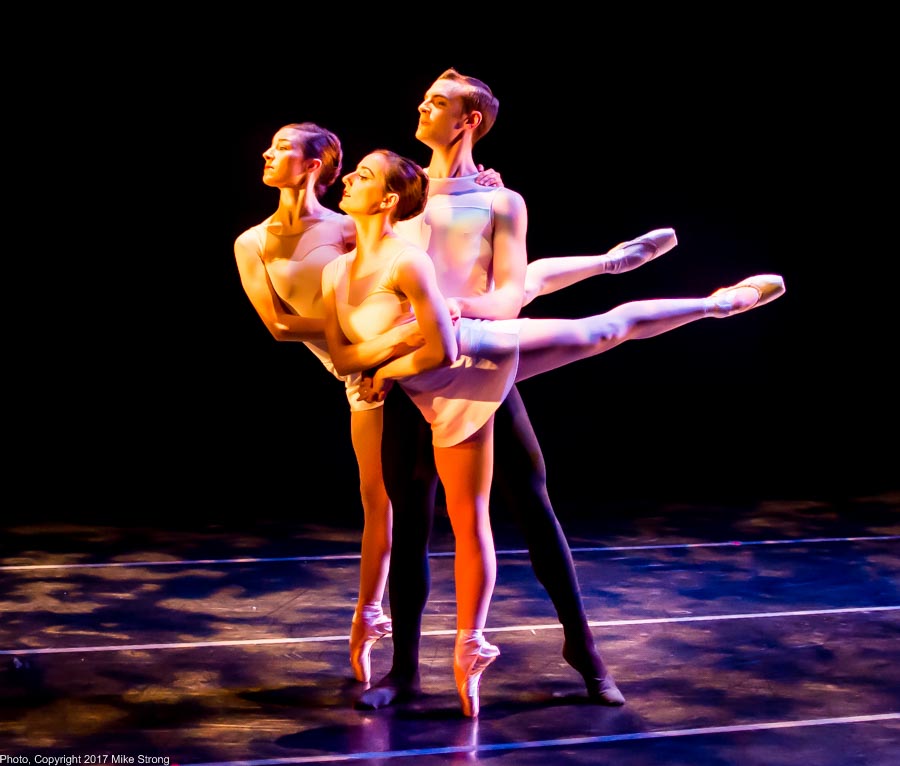
Klavier Poems
f/1.8, 1/125, ISO-3200, 35mm
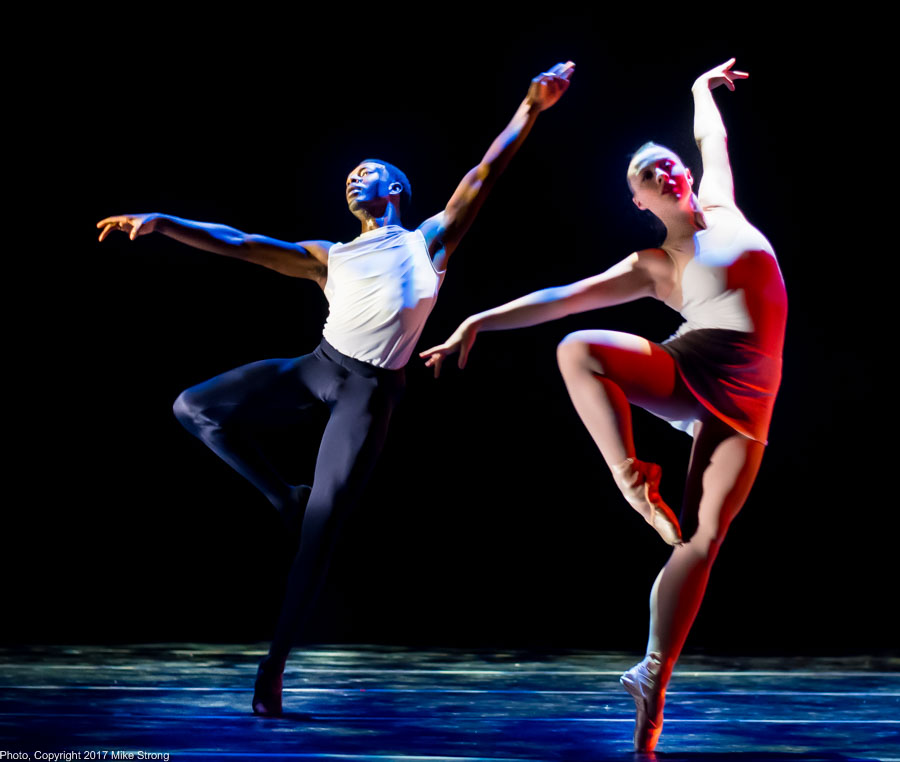
Klavier Poems
f/2, 1/100, ISO-3200, 50mm
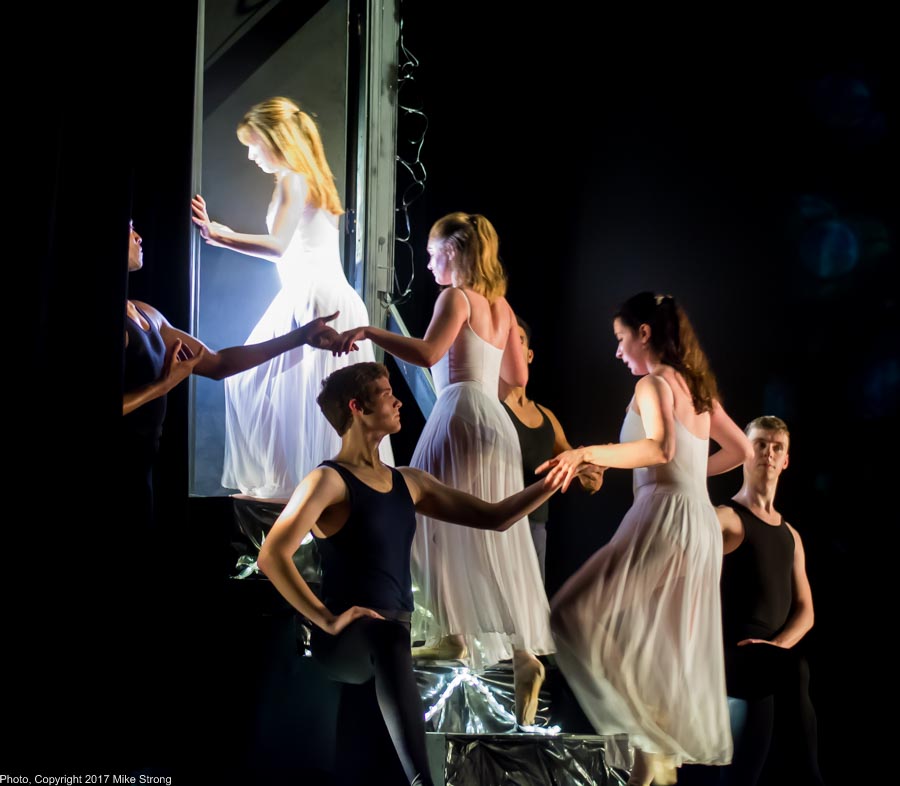
Front-side view, end of the piece, exiting stage via door over stairway - GHOST us by Ronn Tice
f/2, 1/160, ISO-4000, 50mm
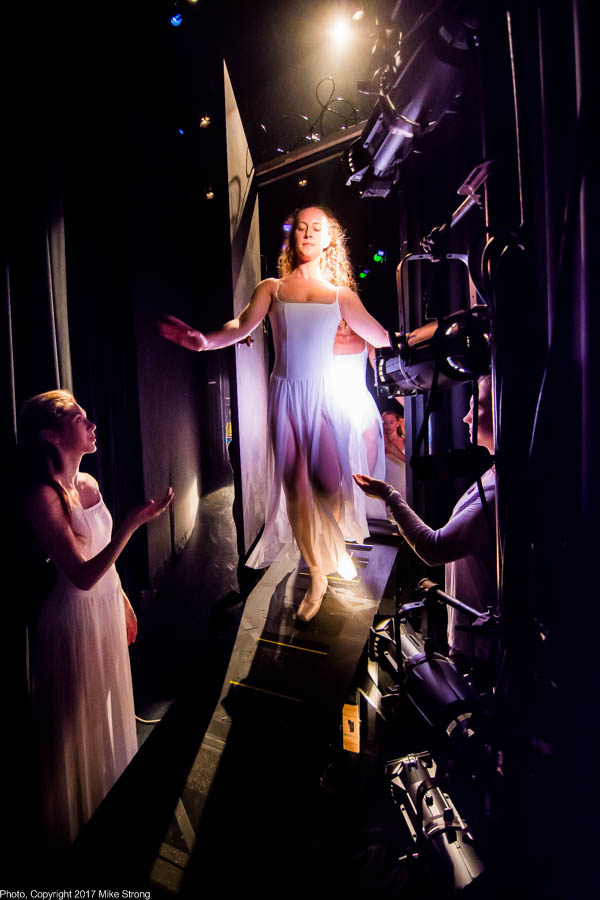
Backstage view, end of the piece, exiting stage via door over stairway - GHOST us by Ronn Tice
f/2.8, 1/160, ISO-3200, 11mm
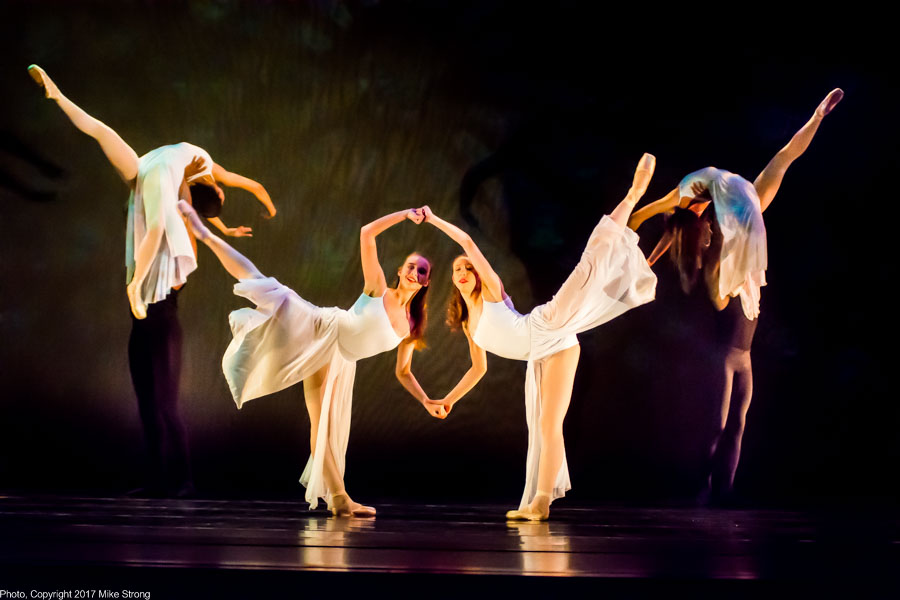
GHOST us
f/2.8, 1/125, ISO-4000, 80mm
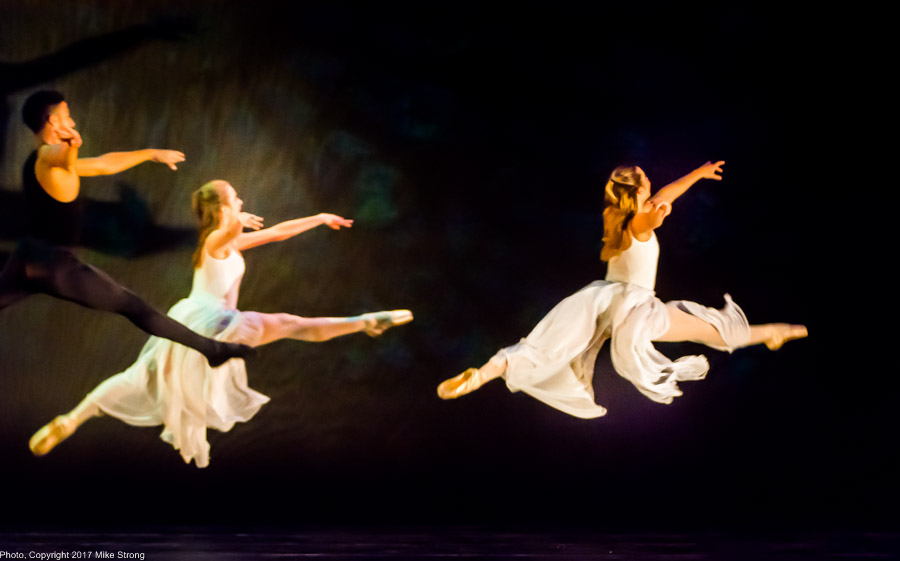
GHOST us
f/2.8, 1/125, ISO-400, 95mm
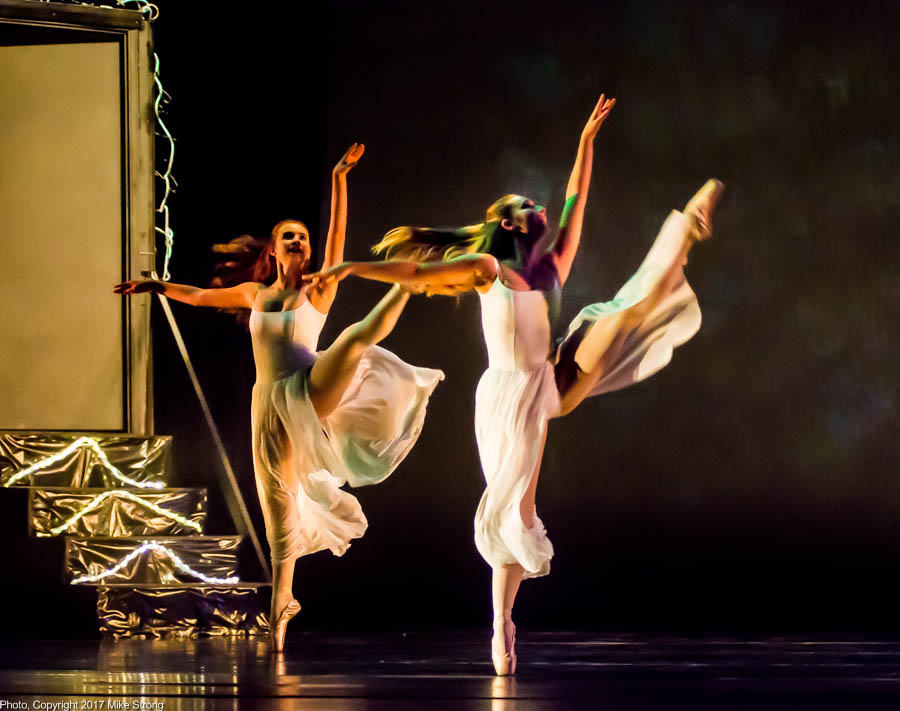
GHOST us
f/2.8, 1/125, ISO-4000, 80mm
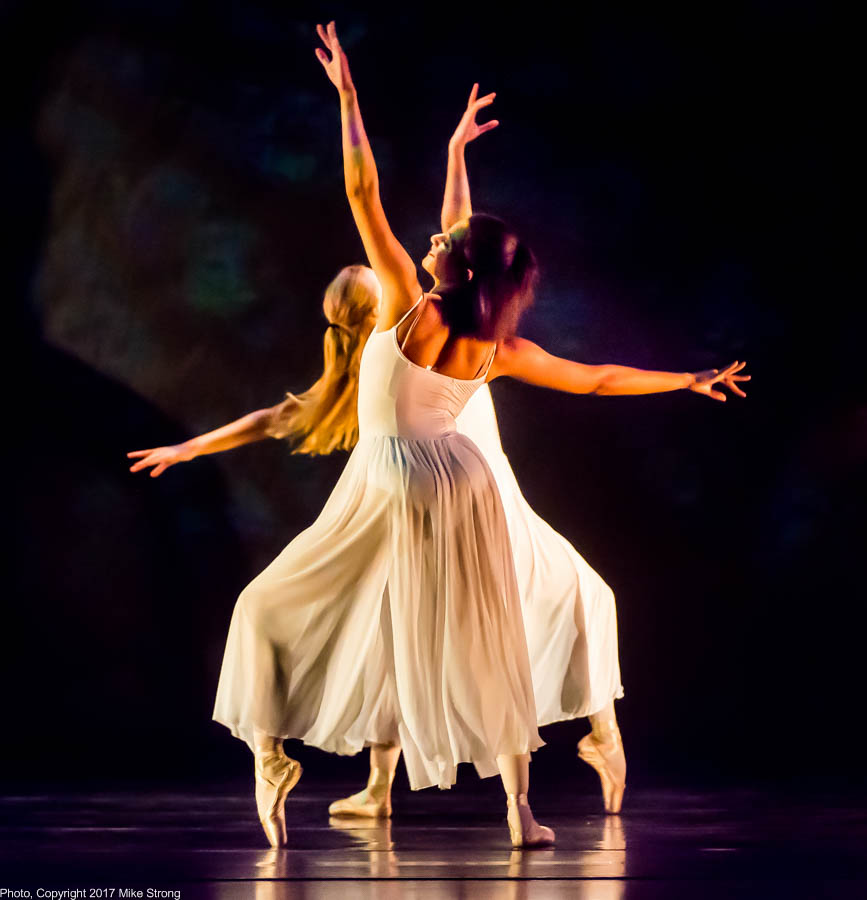
GHOST us
f/2.8, 1/125, ISO-4000, 100mm
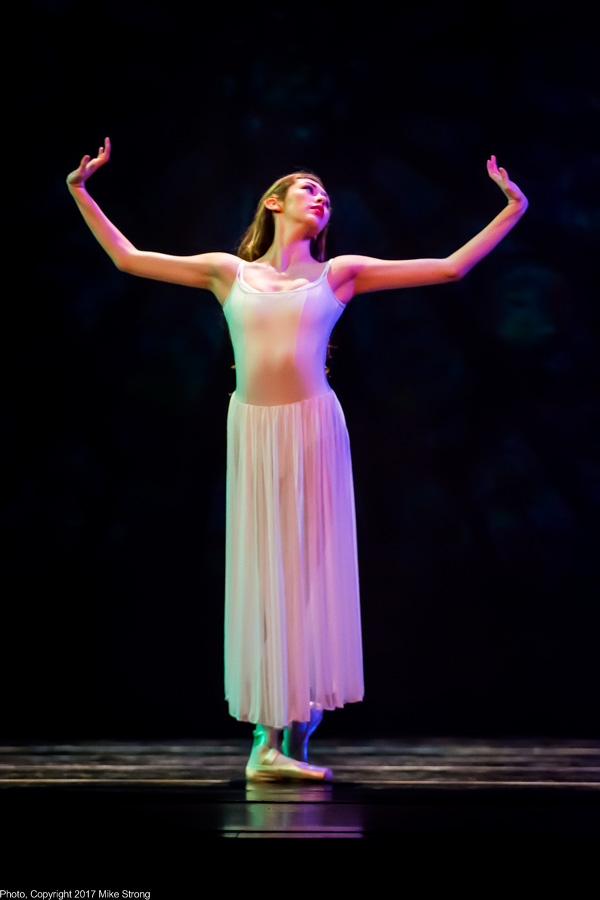
GHOST us
f/2.8, 1/80, ISO-3200, 110mm
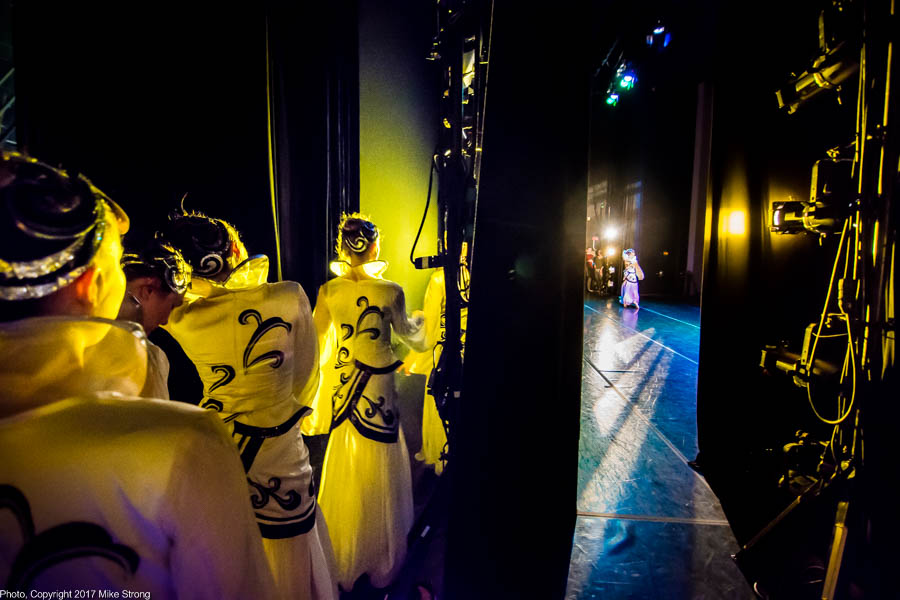
In the wings with Fusion by Wang Hong-yun and Li Ye
f/2.8, 1/30, ISO-4000, 11mm
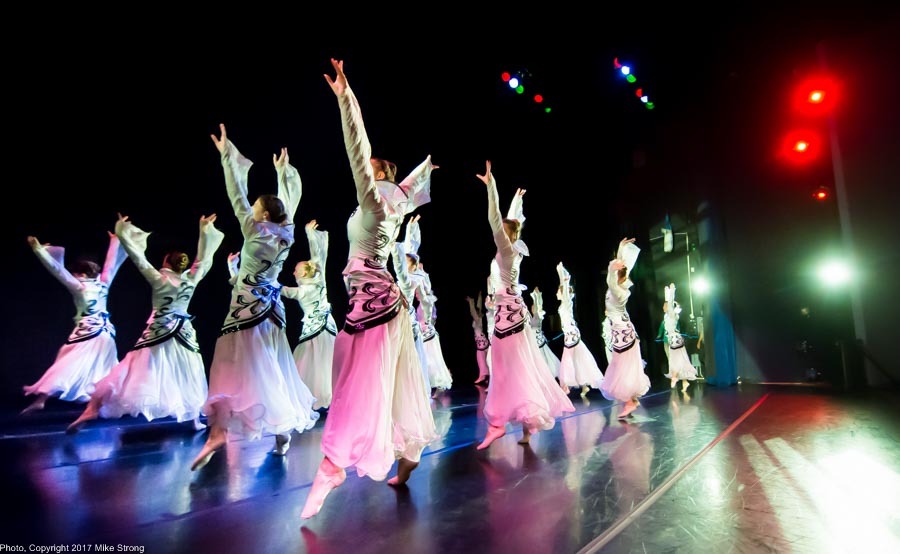
Fusion by Wang Hong-yun and Li Ye
f/2.8, 1/250, ISO-4000, 12mm
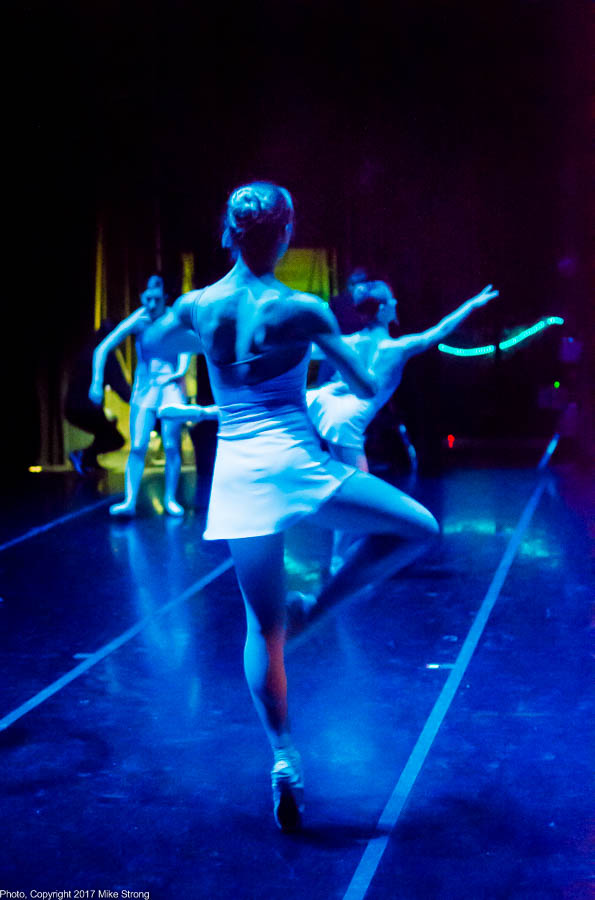
Behind the curtain waiting to go on for Klavier Poems by Paula Weber
f/1.8, 1/50, ISO-4000, 35mm
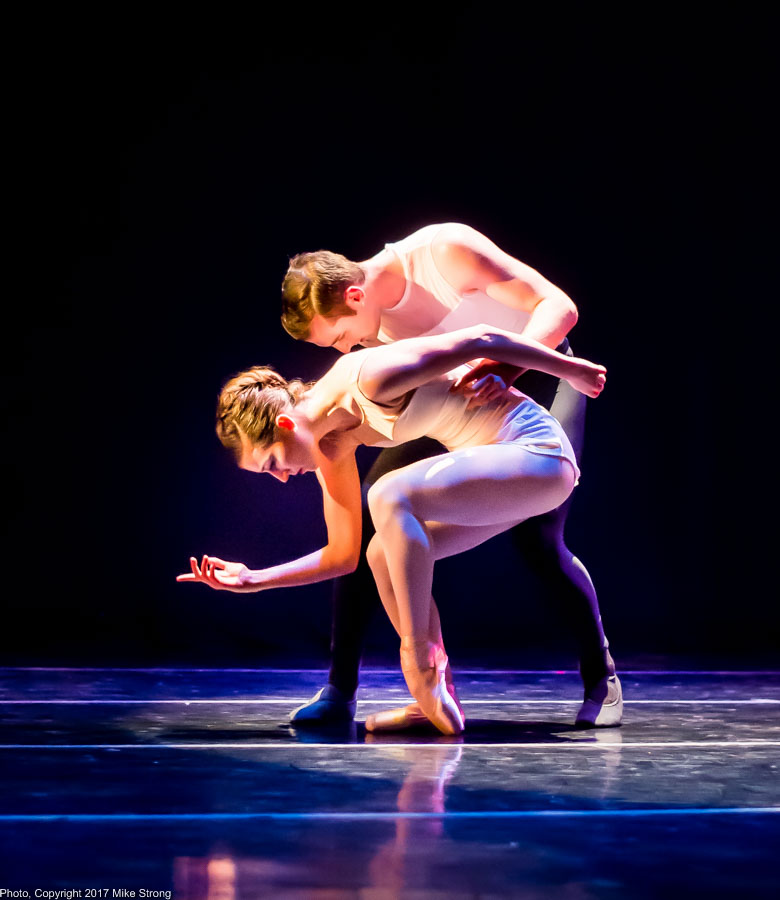
Klavier Poems
f/1.8, 1/200, ISO-3200, 50mm
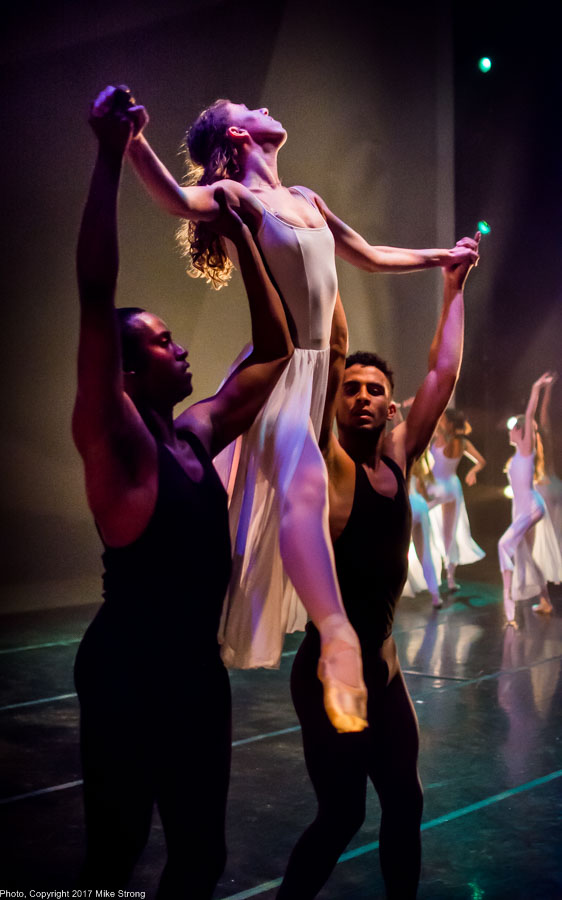
GHOST us
f/2, 1/160, ISO-3200, 35mm
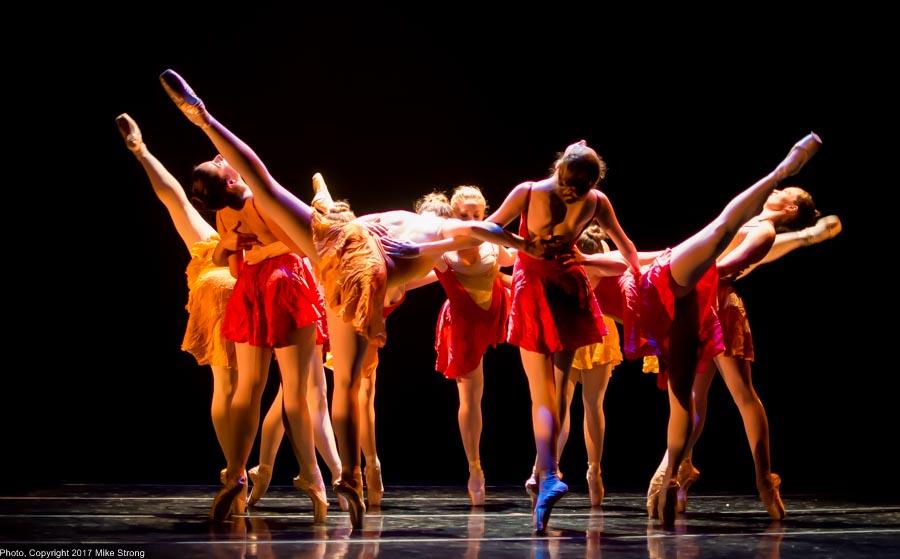
Counterpoint Continuum
f/2, 1/100, ISO-3200, 35mm
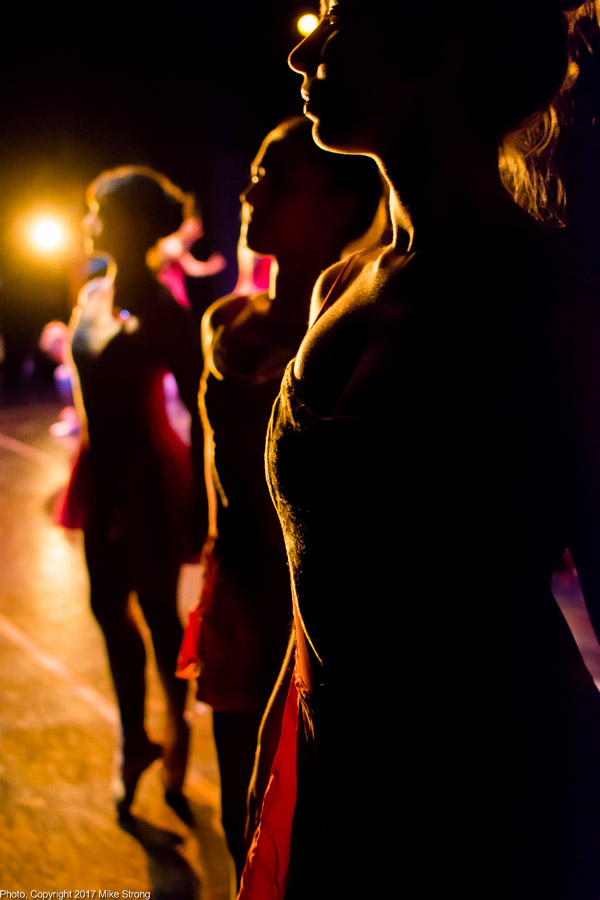
Ready in the wings. Counterpoint Continuum by Mary Pat Henry
f/2.8, 1/160, ISO-3200, 35mm
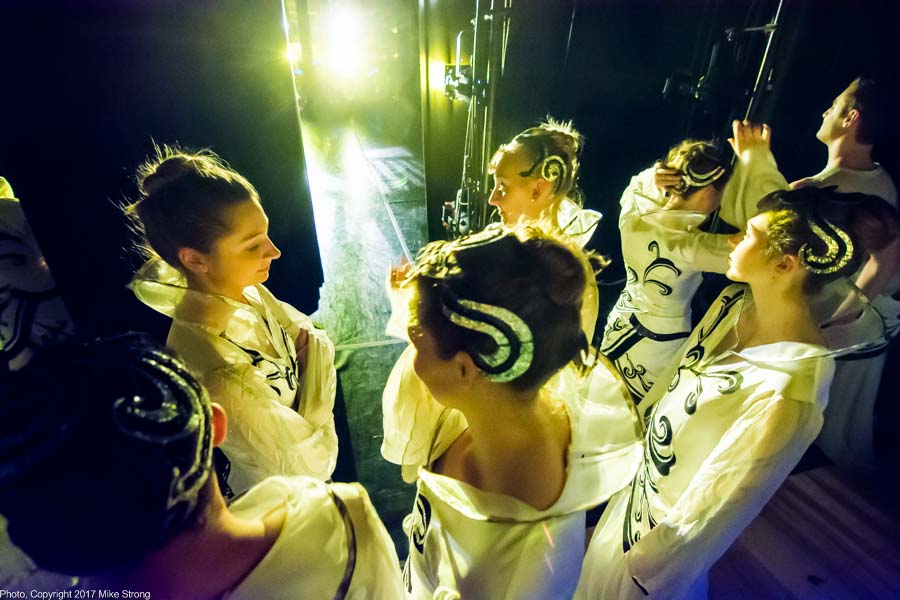
In the wings. Fusion by Prof Wang Hong-yun and Li Ye
f/2.8, 1/50, ISO-4000, 11mm

Fusion by Prof Wang Hong-yun and Li Ye - From the wings on stage right
f/2.8, 1/30, ISO-4000, 11mm
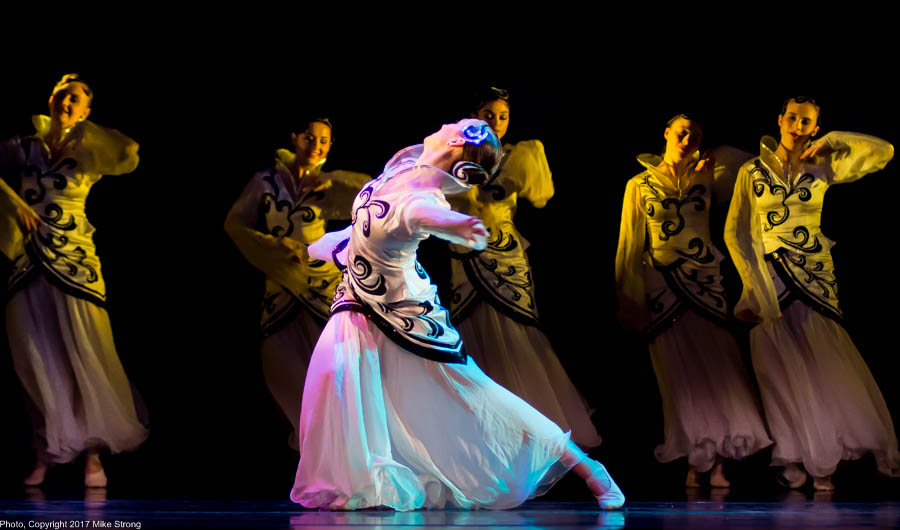
Hanah Wagner in Fusion by Prof Wang Hong-yun and Li Ye
f/2,8, 1/125, ISO-3200, 95mm
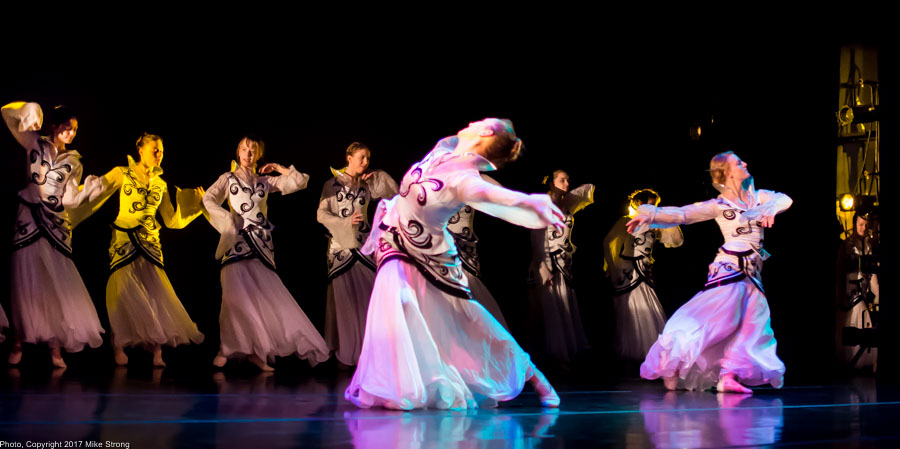
Fusion by Prof Wang Hong-yun and Li Ye
f/1.8, 1/250, ISO-4000, 35mm
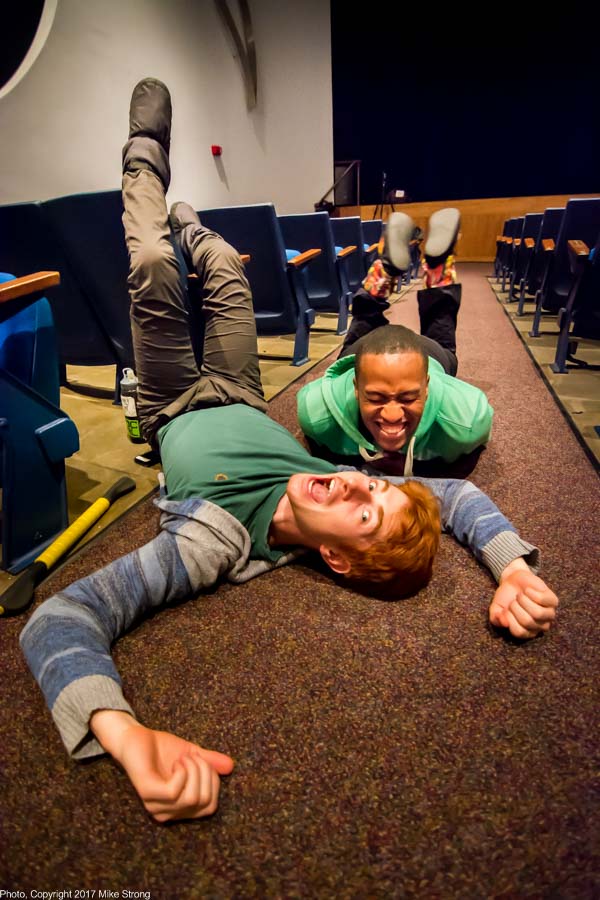
David Calhoun (front) and John Roberts
f/2.8, 1/20, ISO-4000, 11mm
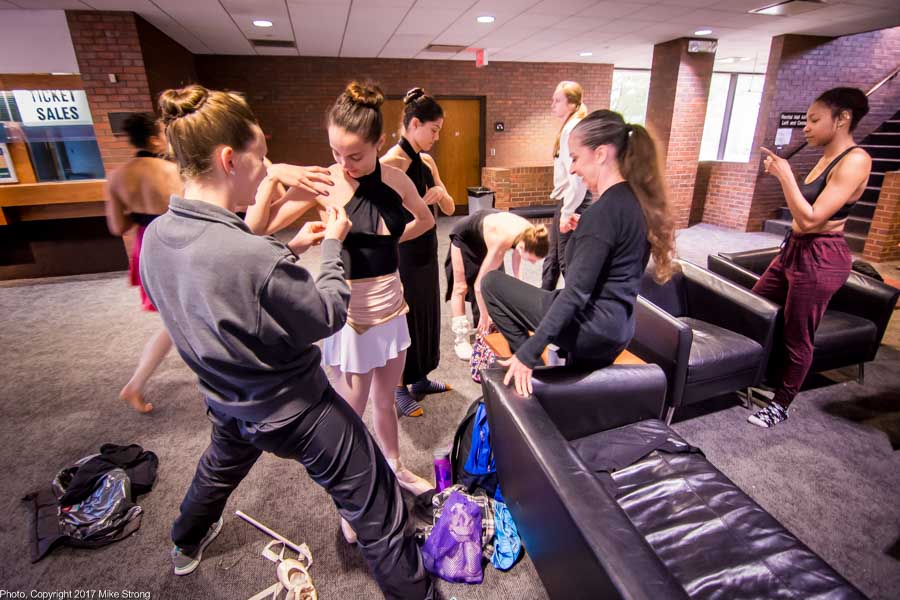
Ballet position 6 for standing while sewing
f/2.8, 1/40, ISO-2500, 11mm
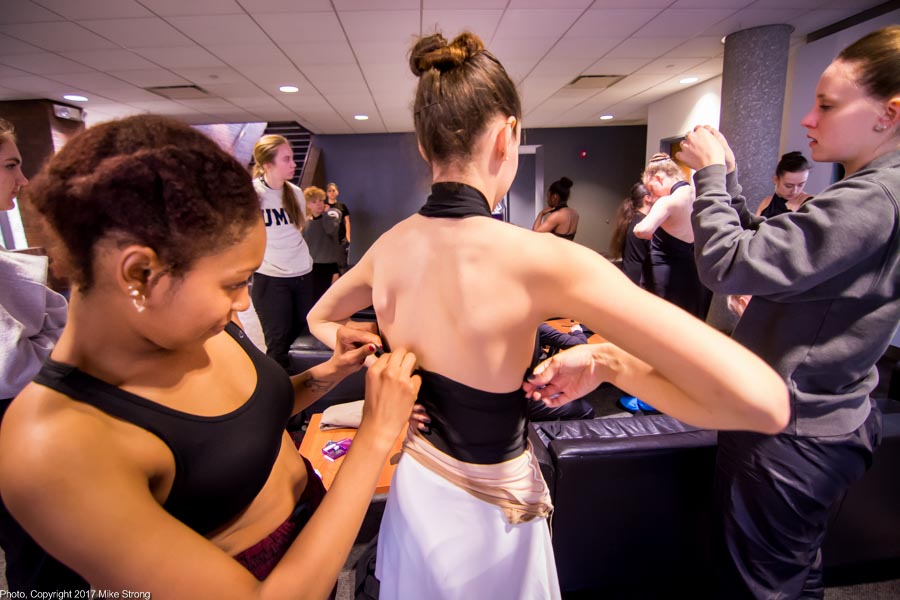
Nia Towe making adjustments.
f/2.8, 1/40, ISO-2500, 11mm
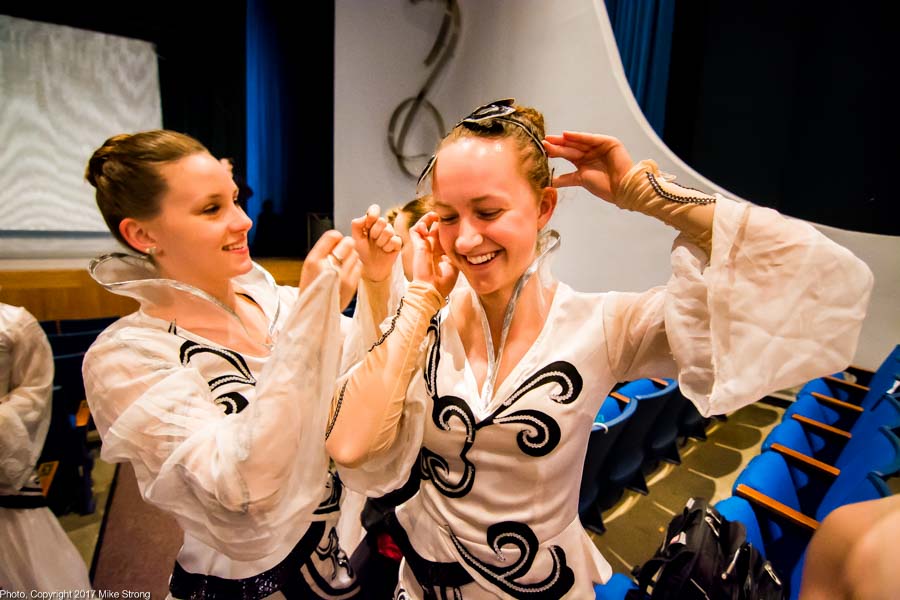
Fusion dancers getting ready during rehearsals in theater
f/2.8, 1/30, ISO-4000, 11mm
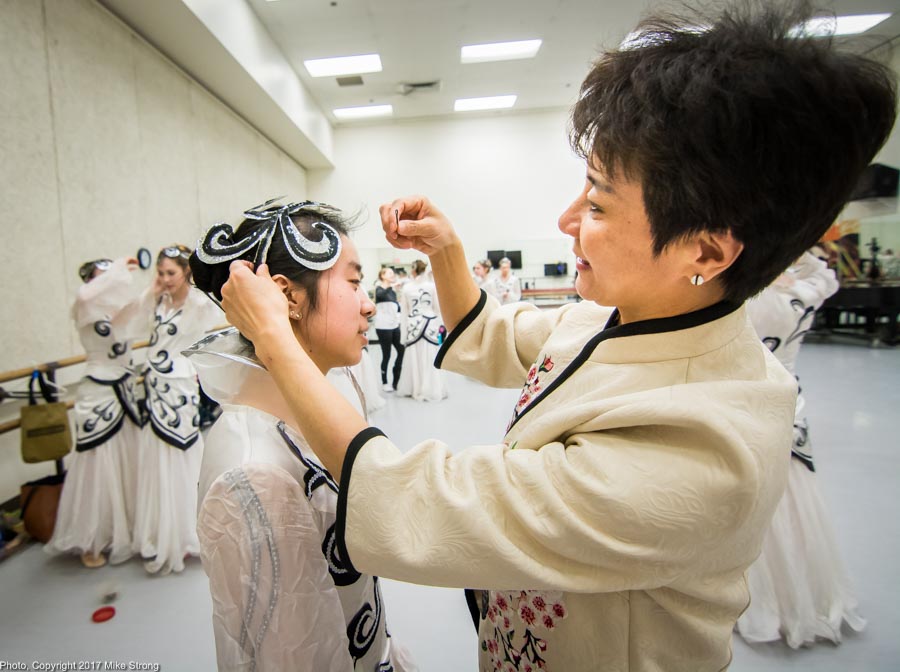
Prof Wang Hong-yun (choreographer) at right fixing hairpiece on UMKC dancer Christine Kraus (left) for a studio run in PAC-103
Nikon D7100, f/4, 1/200, ISO-2500, 12mm
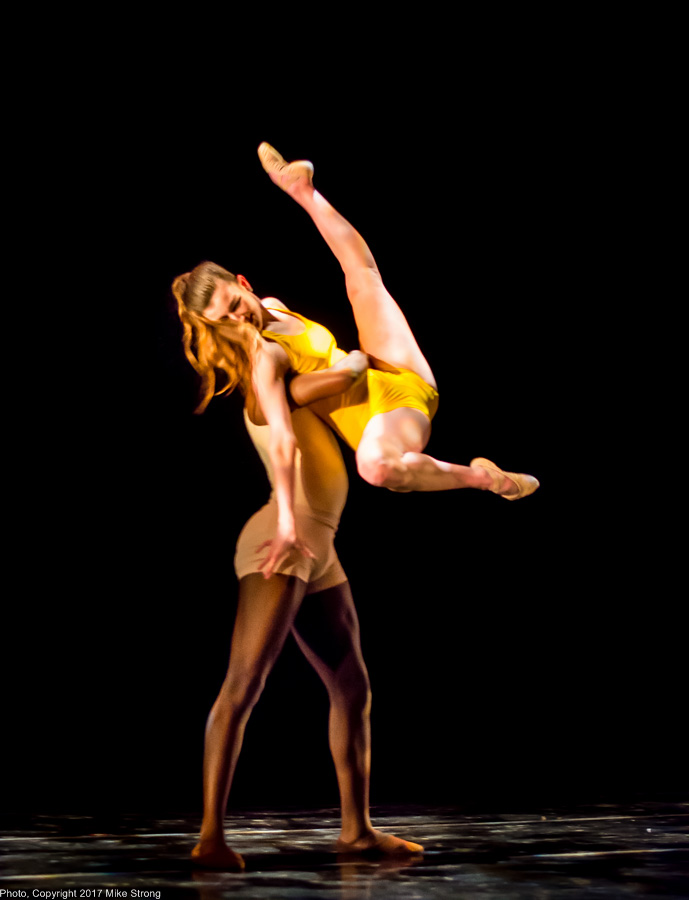
Release by Kirven Douthit-Boyd
f/2, 1/100, ISO-3200, 50mm

GHOST us
f/2, 1/80, ISO-2500, 35mm
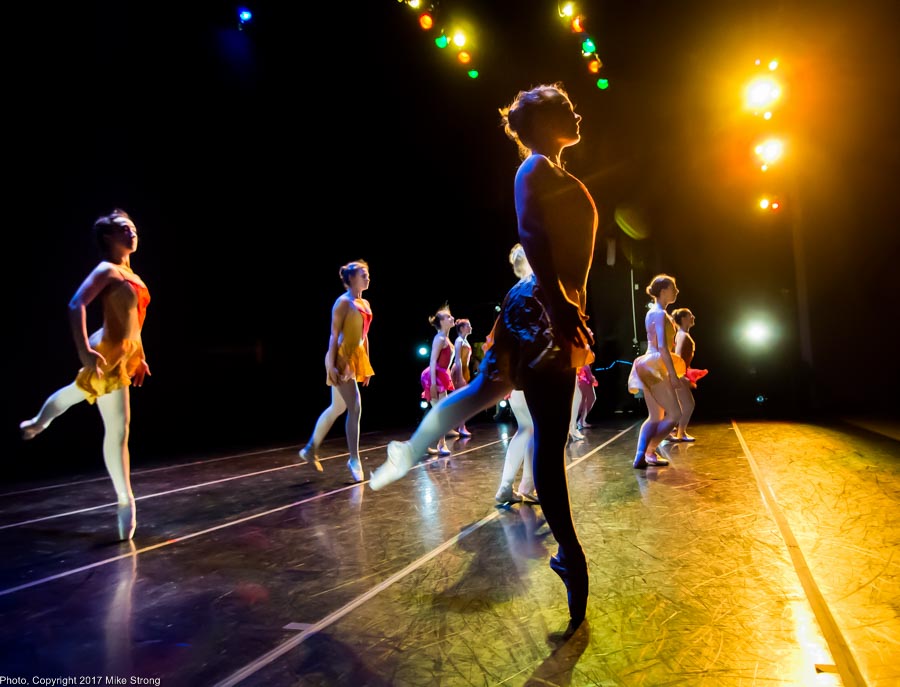
Fusion by Wang Hong-yun and Li Ye
f/2.8, 1/100, ISO-4000, 14mm

Release by Kirven Douthit-Boyd - Trey Johnson leaping #1
f/2, 1/100, ISO-3200, 35mm

Release by Kirven Douthit-Boyd - Trey Johnson leaping #2
f/2, 1/100, ISO-4000, 50mm
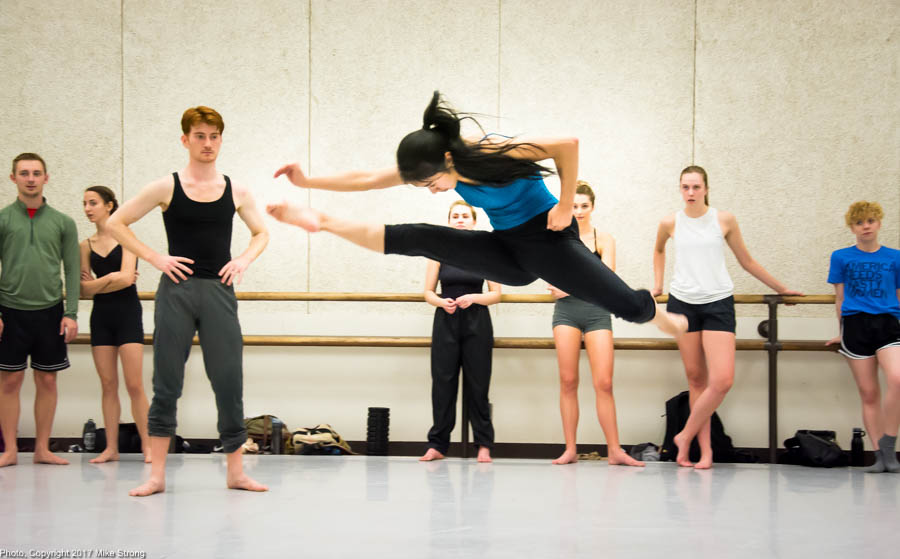
Studio rehearsal - Christine Kraus in Without a Word by DeeAnna Hiett
f/4.8, 1/160, ISO-2500, 45mm
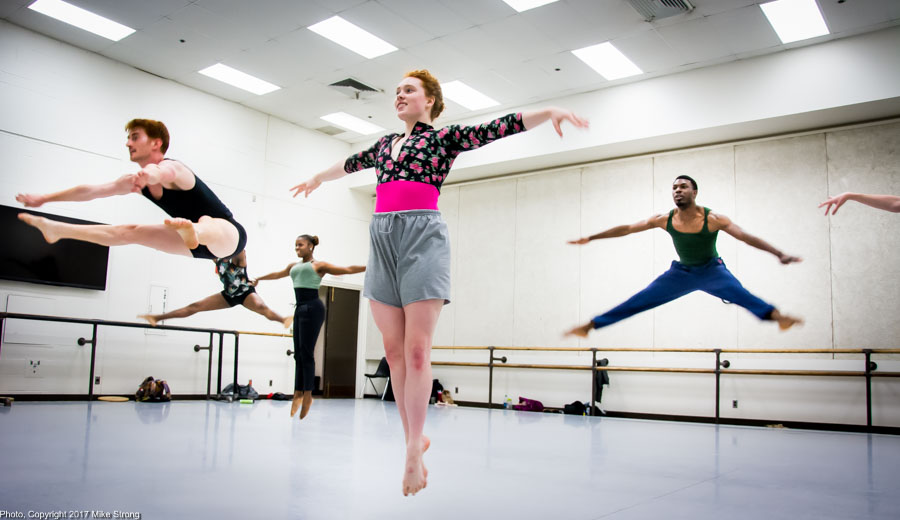
Bach-d by Gary Abbott - L-R (fully visible) David Calhoun, Breanna Dorsey, Sarah Frangenberg, Ricky Davis
f/4.5, 1//125, ISO-3200, 18mm
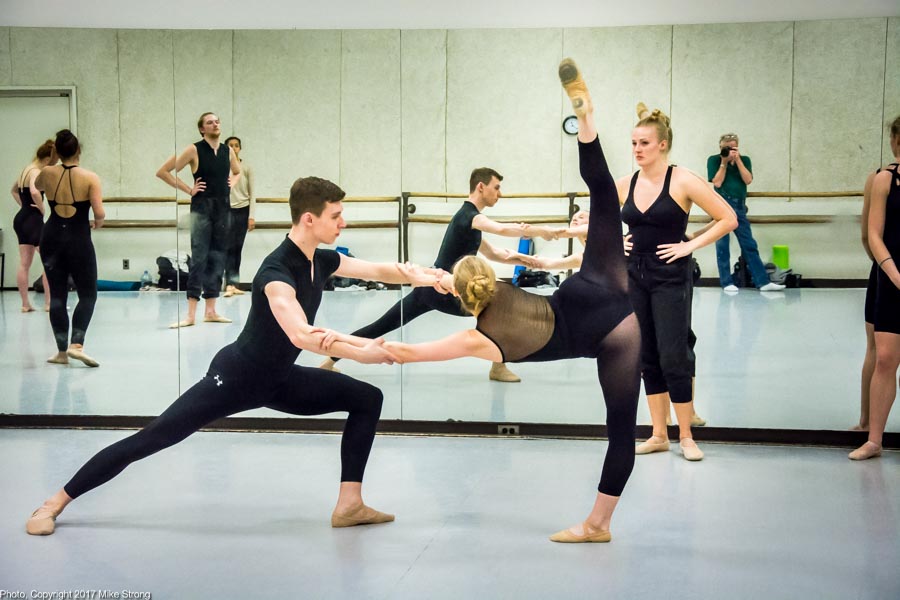
Release
f/5, 1/160, ISO-3200, 50mm
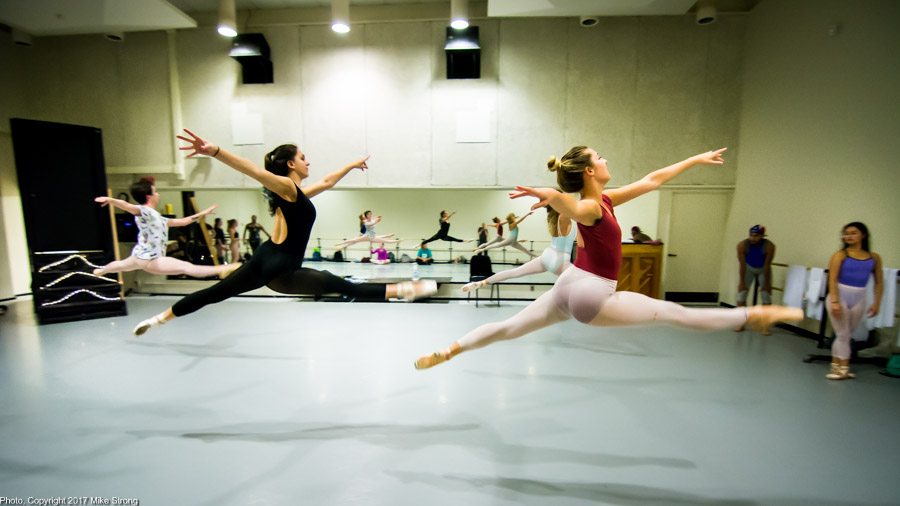
GHOST us
f/2.8, 1/100, ISO-3200, 11mm
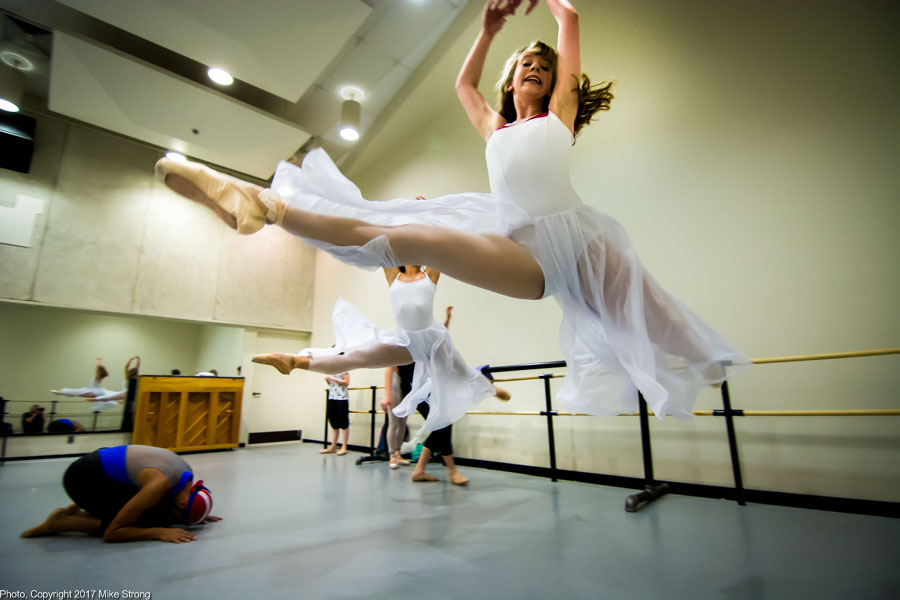
GHOST us
f/2.8, 1/160, ISO-3200, 12mm
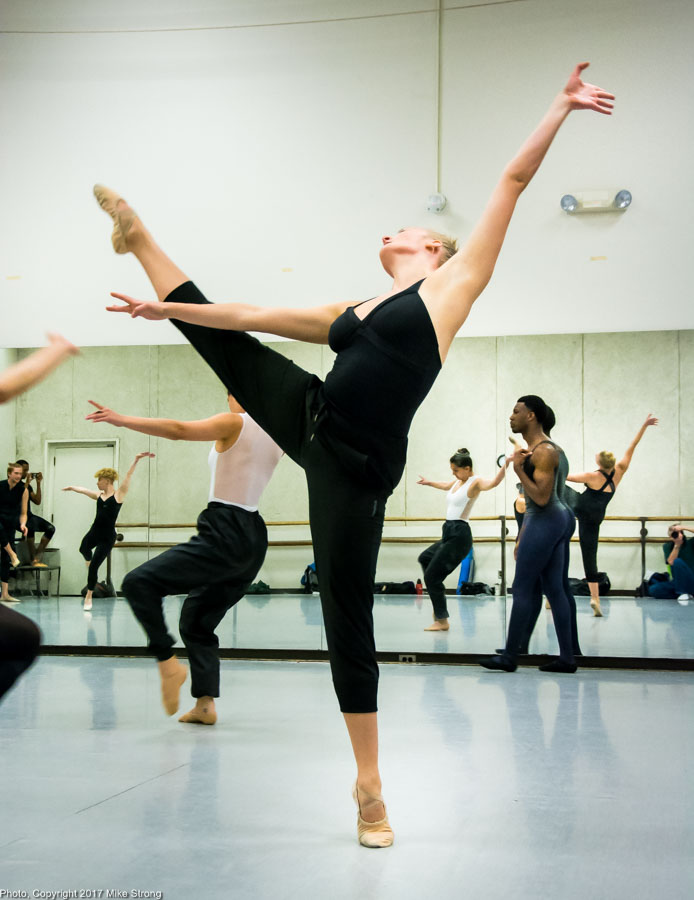
Release
f/4.2, 1/160, ISO-3200, 34mm
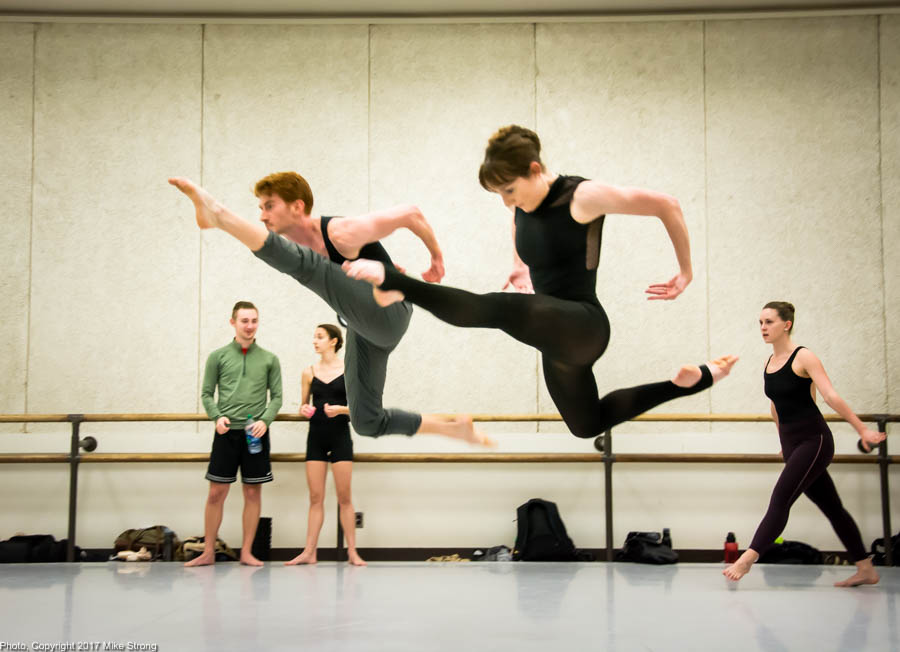
Studio rehearsal - David Calhoun and Maria Hall in Without a Word by DeeAnna Hiett
f/4.5, 1/160, ISO-2500, 35mm
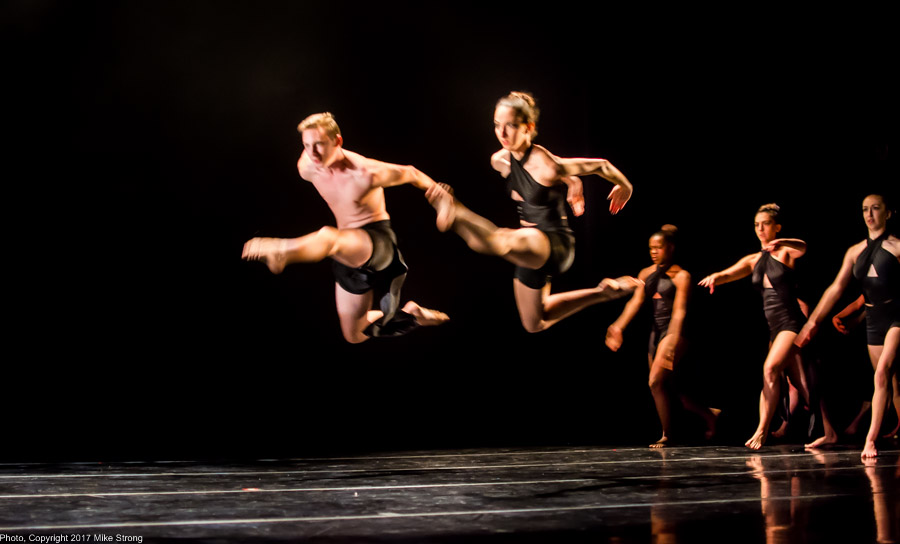
Dress #1 - Harrison Parker and Mallory Hensel in Without a Word by DeeAnna Hiett
f/2, 1/100, ISO-3200, 35mm
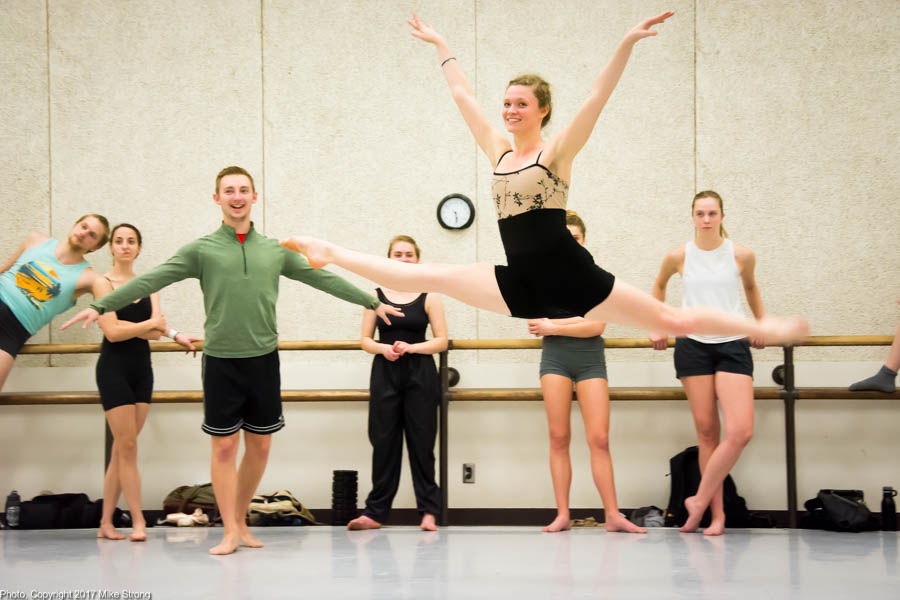
Studio rehearsal - Phoebe Perry in Without a Word by DeeAnna Hiett
f/4.8, 1/160, ISO-2500, 50mm
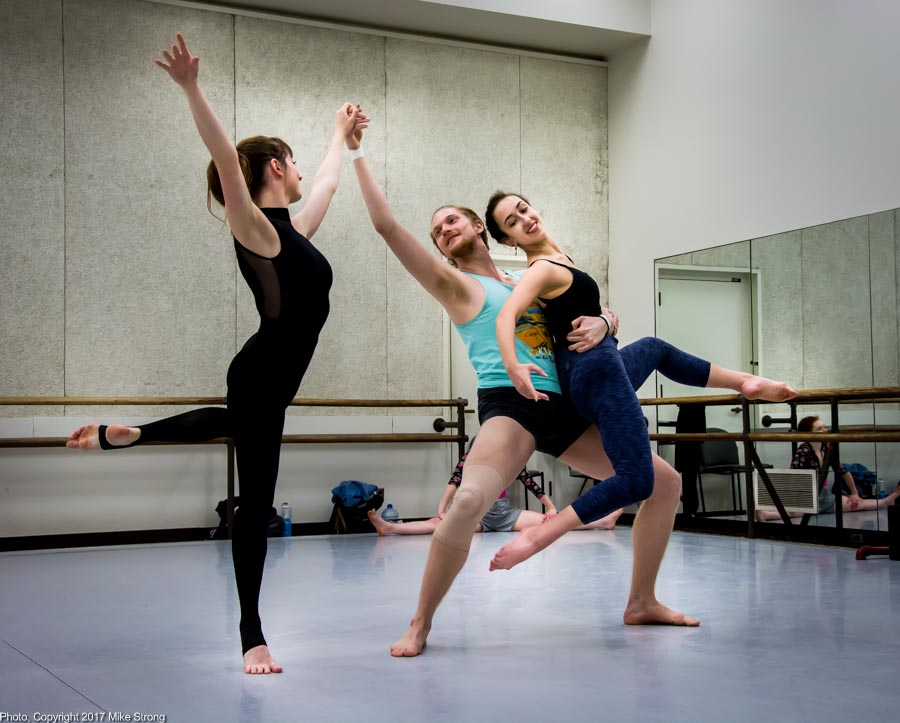
Bach-d - Maria Halll, Trey Johnson, Hannah Wagner in studio
f/4.5, 1/160, ISO-3200, 32mm
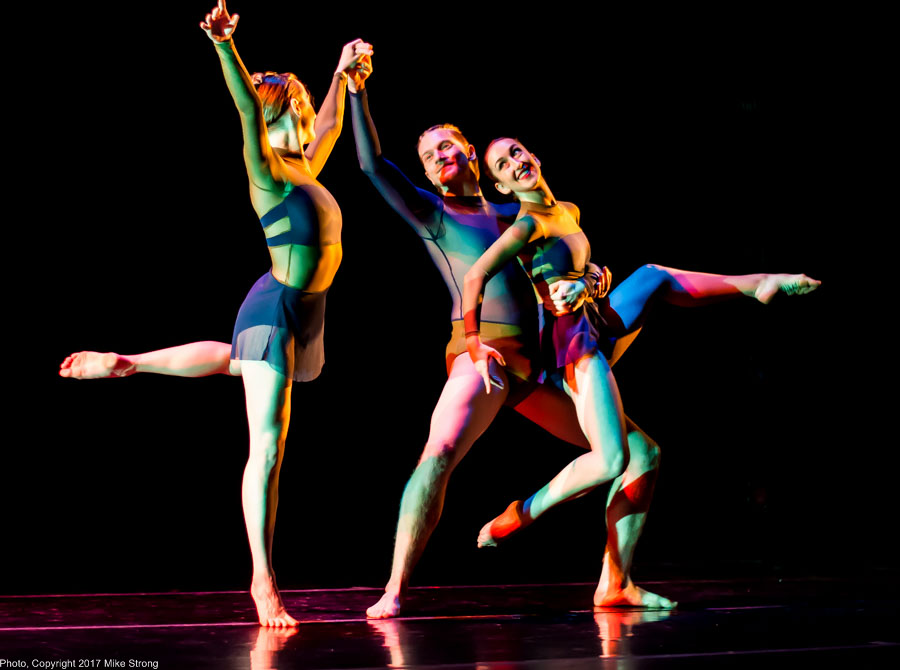
Bach-d - Maria Halll, Trey Johnson, Hannah Wagner on stage
f/1.8, 1/60, ISO-3200, 50mm
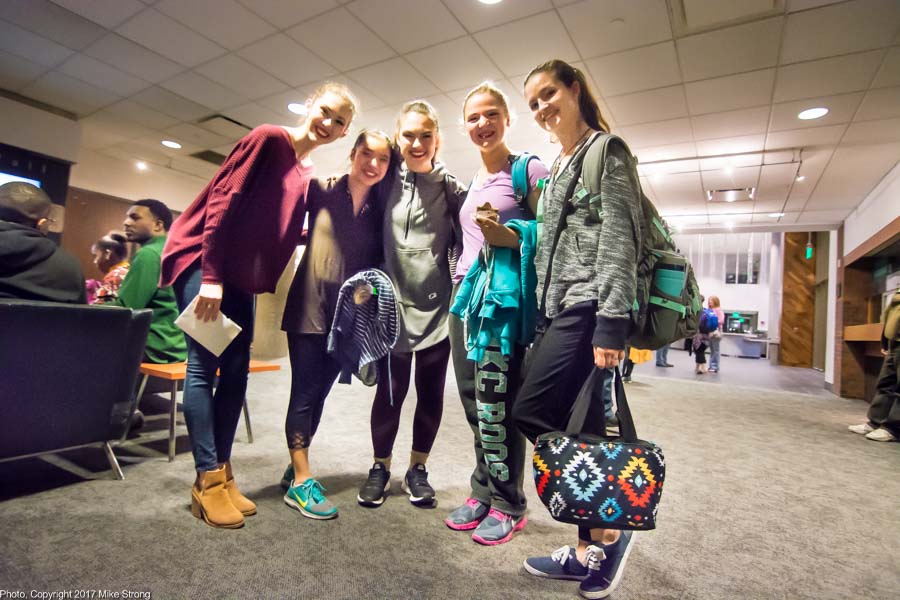
In the lobby after Thursday's performance
f/3,2, 1/160, ISO-3200, 12mm
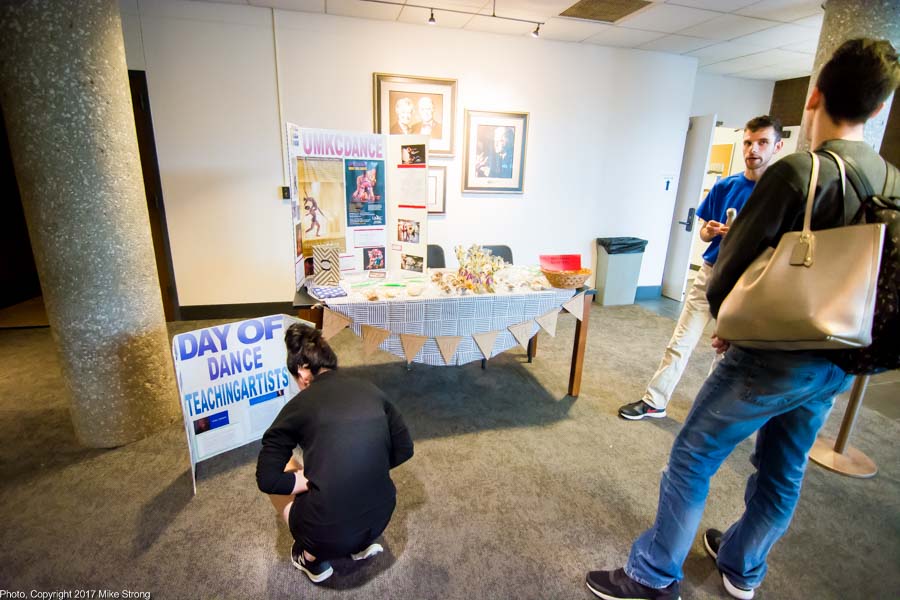
Dancer's bake-sale table
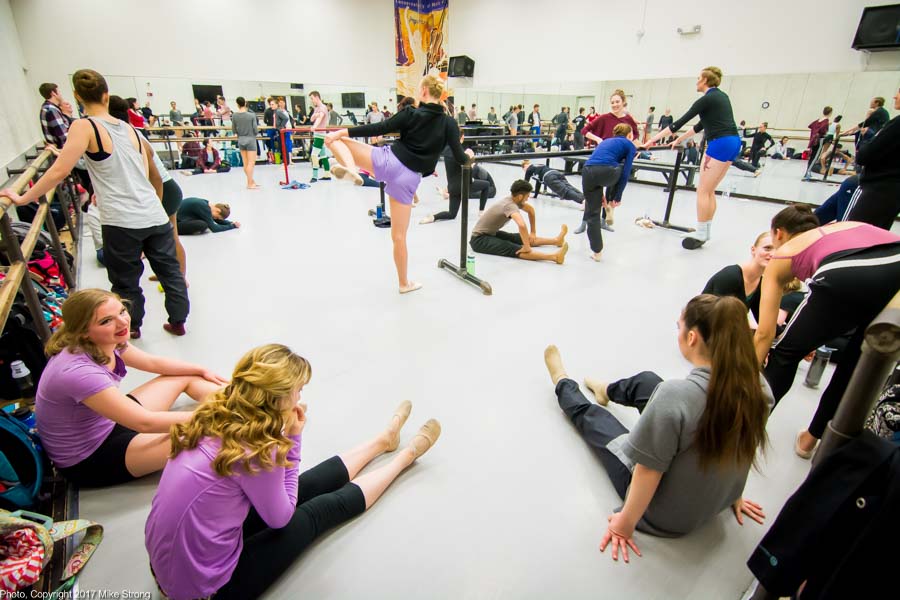
Getting ready to start company class
f/4.5, 1/125, ISO-3200, 11mm

Prof. Wang Hong-yun taking picture during studio run of Fusion before they return to Tianjin University in Beijing
Nikon D7100, f/4, 1/160, ISO-2500, 11mm
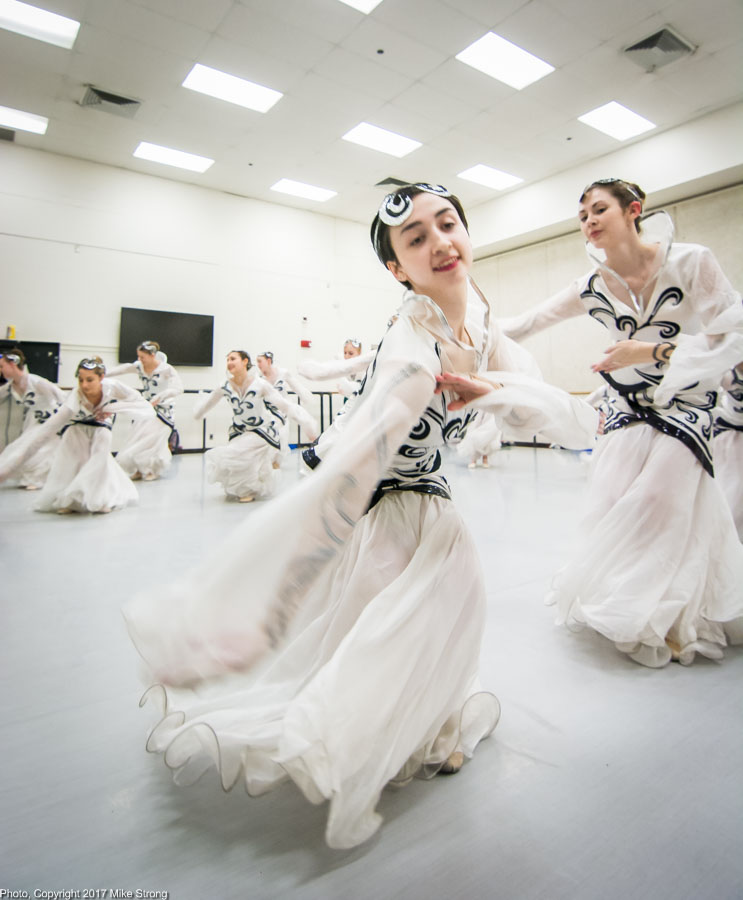
Fusion - studio run in PAC-103
Nikon D7100, f/4, 1/200, ISO-2500, 12mm
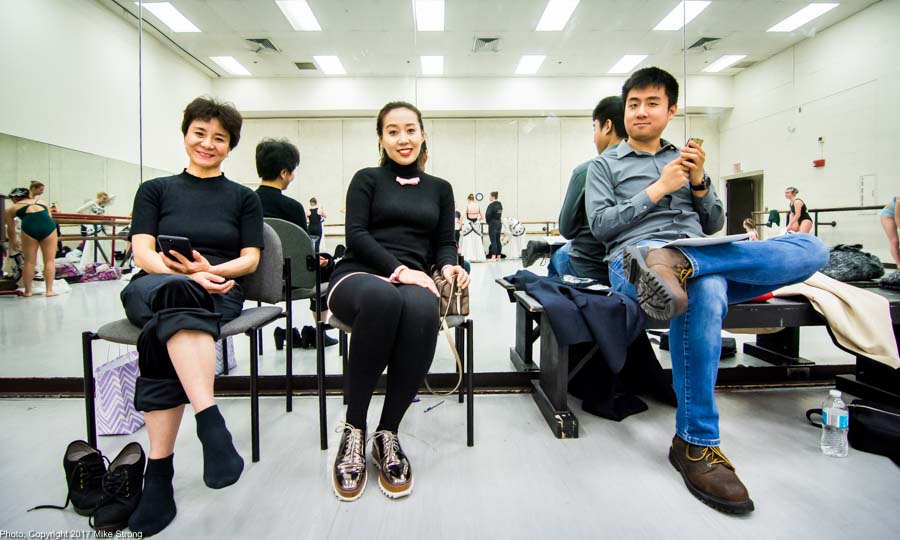
Teachers from Tianjin University in Tianjin watching studio run of "Fusion" in PAC-103 - Prof Wang Hong-yun (choreographer) on the left, translator on the right
Nikon D7100, f/4, 1/160, ISO-2500, 11mm

Poster presented to teachers from Tianjin University at end of their visit.
Nikon D7100, f/4.5, 1/160, ISO-2500, 11mm
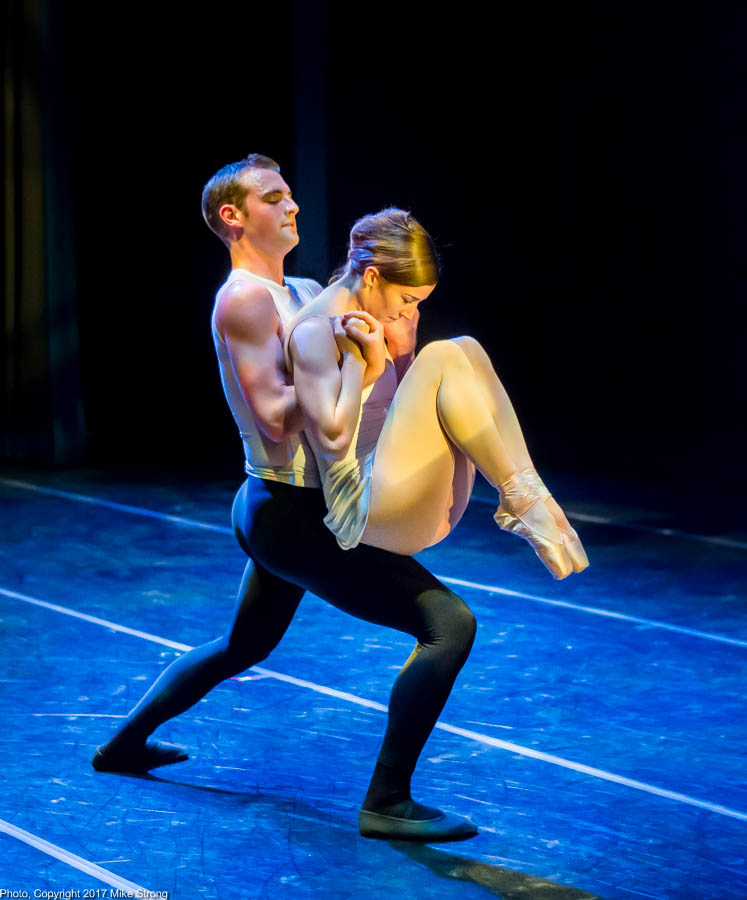
Klavier Poems
f/1.8, 1/100, ISO-2500, 50mm
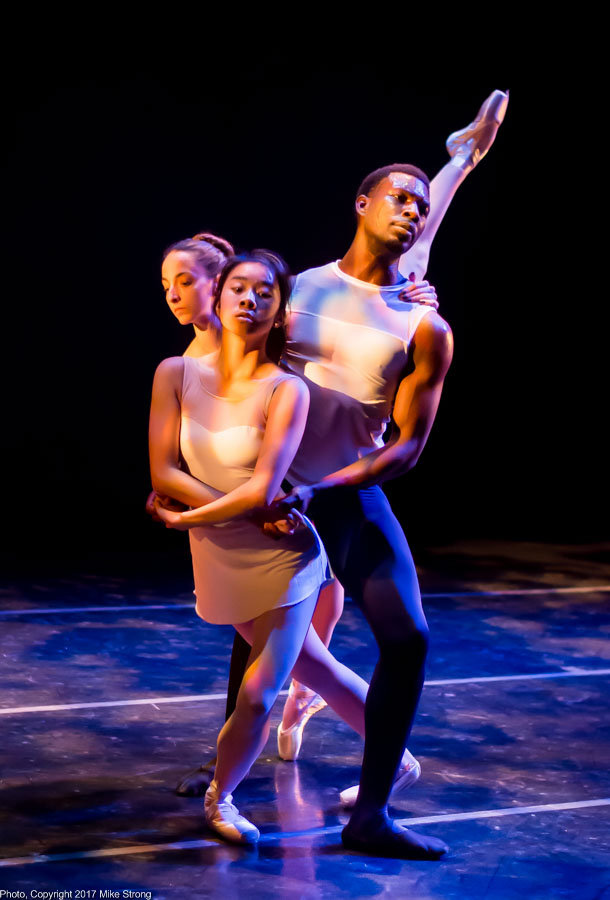
Klavier Poems
f/2, 1/125, ISO-4000, 50mm
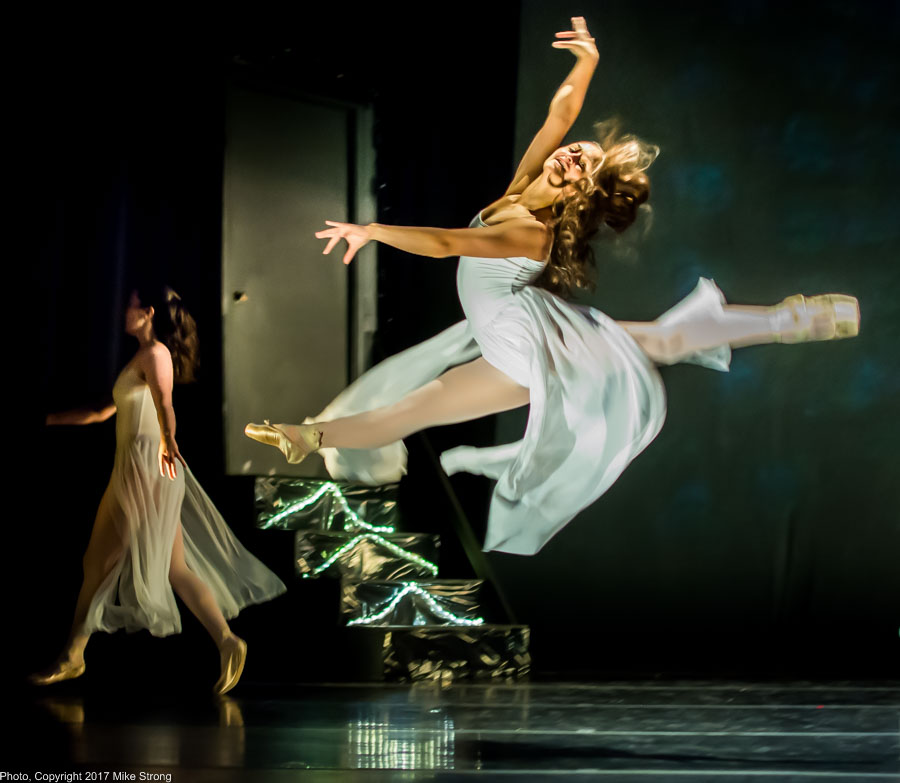
GHOST us
f/2, 1/80, ISO-4000, 35mm
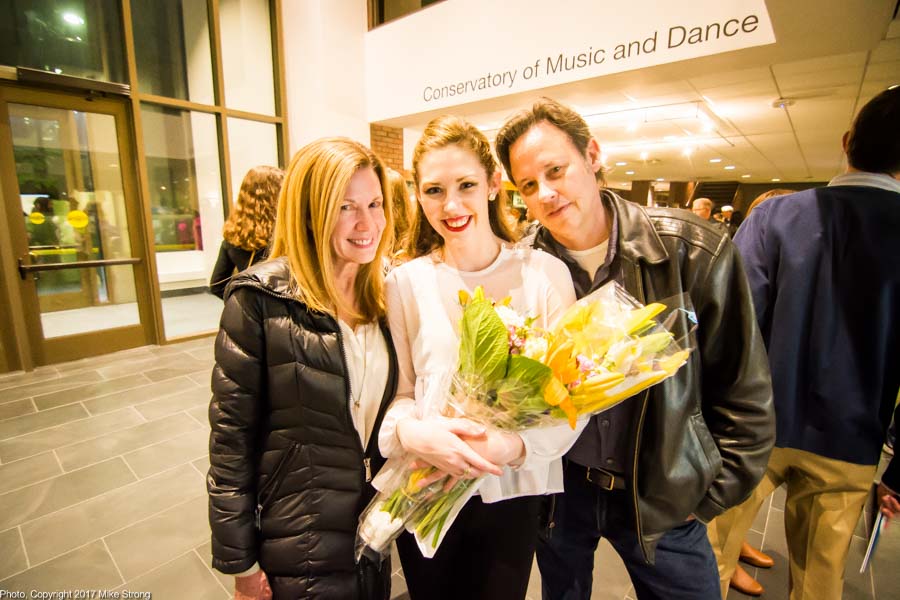
f/2.8, 1/60, ISO-3200, 11mm
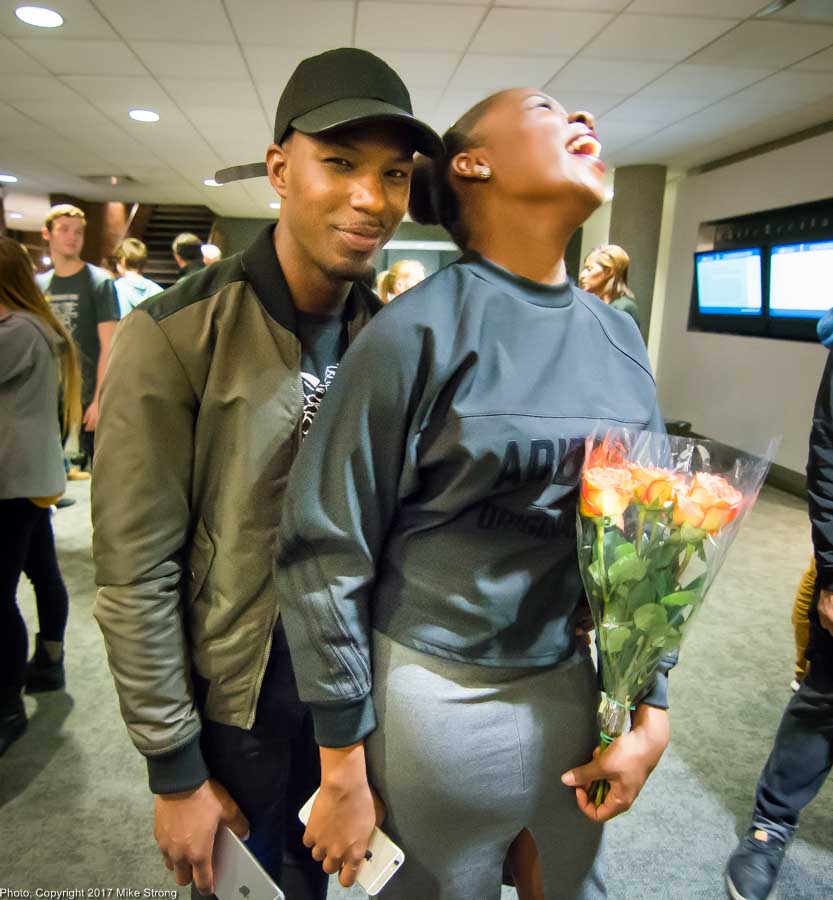
Ricky Davis and Breanna Dorsey in lobby after
Saturday evening show
f/2.8, 1/60, ISO-3200, 11mm
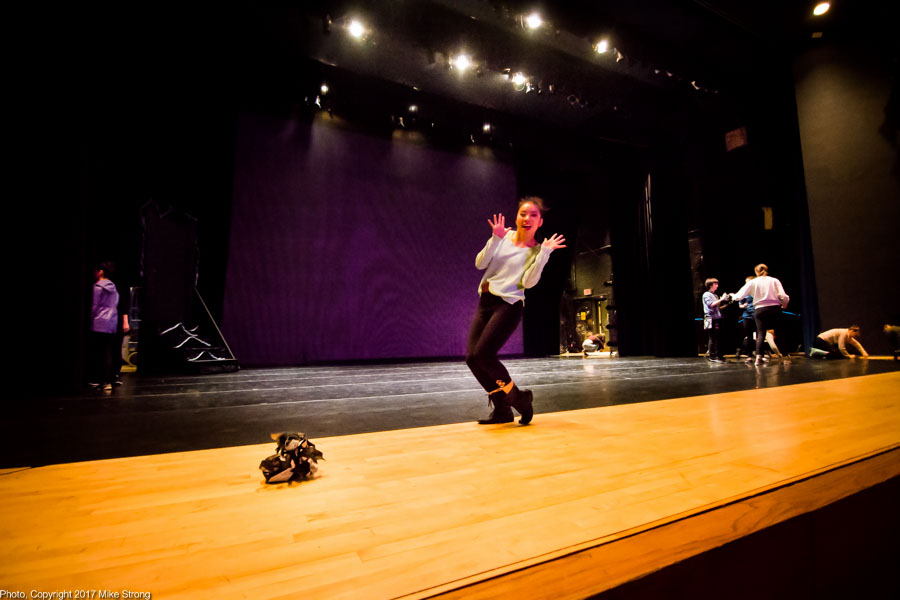
Christine Kraus on set strike after Saturday evening performance
f/2.8, 1/160, ISO-3200, 11mm

Set Strike
and the signature ball of pulled-up gaffer tape
f/2.8, 1/80, ISO-3200, 12,mm

Without A Word
f/2, 1/100, ISO-3200, 35mm
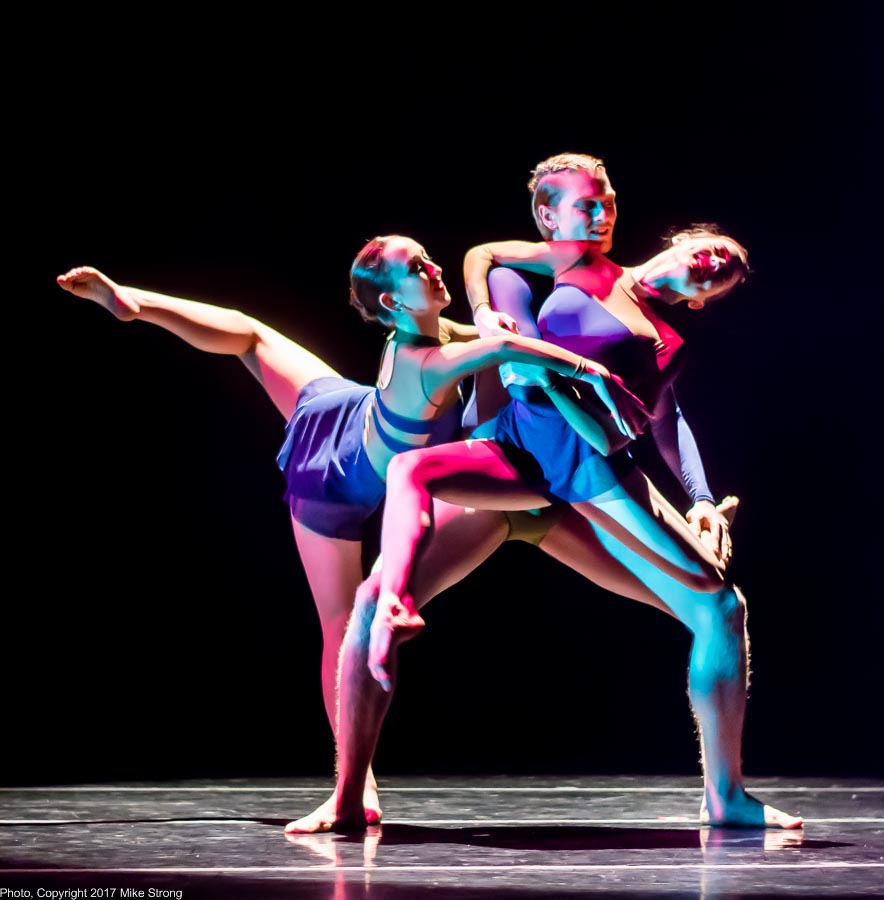
Bach-d
f/1.8, 1/160, ISO-3200, 50mm
A word about about this light and about shooting in this lightAs much as I enjoyed the show and the dancers I did not enjoy the lighting, something I've come to call "darking." I have a page on the subject here (lighting versus darking). The page started off in reaction to increasingly lowered light levels at each dance concert. It not only makes it hard to shoot but hard to just plain see, with the naked eye. I used to think I was imagining ever slightly lower light levels but examining EXIF data in my older photo files and comparing that to current EXIF data I realized that the light levels do keep dropping. Clearly the concepts of mood and contrast are not understood. They do not mean dark (which in this case just goes to dingy). Contrast requires enough difference in light levels to make a contrast, but by not venturing beyond 20%, say to 80% or more, there is not a high enough light level to contrast with a low level, leaving the entire lighting state far from robust. And, there needs to be enough fill to support the space between light and dark, just as in B&W it is the grayscale which gives character and connection to the black and the white. The character of the lighting reminds me of when I first learned photography and began developing my own prints (1967). My framing and understanding of when to shoot and what to shoot were good from the get go. My prints were not as good. They were flat. I was tip-toeing into each print and did not know how to make a robust print with full on blacks, great high tones and a full grayscale in between to connect the two ends of the tonal scale. Eventually, I did learn and printed black & white photos commercially. I knew how to add "oomph" to the print, depending on display conditions. I see these freshly-minted lighters in a similar position. Their eye isn't so bad, even if challenged a bit, but their execution needs help. They have no experiential reference in their head for what light should really look like as it paints the stage. Or at least not enough and not truly good references. I've worked with terrific lighting designers who seem to have their own light meters in their head. Kirk Bookman, for example, can set lights across a stage with an eveness which is extremely consistent for camera while retaining mood. Even the specials were seldom more than half an f-stop brighter.
The single worst error is starting from a dark-adjusted room and tip-toeing a little light at a time on to the stage. When your eyes finally adjust to the dark (20-30 minutes) any tiny pip of light you place in the room looks like a super nova. At first glance. Instead of working from dark into the light they really need to start with light and carve out the dark areas. Our eyes adjust much better and much faster to light than to dark. So the audience's eyes adjust to the light rapidly. Any dark areas become darker (by comparison) as the light areas are brighter. The flip side of that is that when the overall levels are kept low, not only do eyes adjust to the light areas they also are adjusted to the barely lower dark areas leaving the impression not of dark, but of a dingy basement. Then there is color. And this is not relative. As the light lowers so too is our ability to sense color. The darker the room the more the loss of color in the viewer. The cones in our eyes simply fail as the light levels decline. We are left with the rods to sense the gray scale. We are also left with less clarity. The rods (color sensors) are in the fovea centralis, the area of sharpest focus in our eyes, in the middle. The rods (grayscale) by comparison are outside the are of greatest visual acuity and so deliver a less clear image. So, darker means both less color vision as well as less sharpness in our vision. In other words the stage isn't murky just because it gets darker causing a lose of detail data, it is also murky because with lowered light levels we lose visual sharpness. And you can't ignore the effect this has on performance. The dancers can't see each other as well or just see the space they are working in on stage. That has an effect on how ensemble sections especially in synchronizing movement across the stage. The studio has a lot of light, evenly distributed compared to the stage. A lot of the movements were very intricate and being able to see those movements is made harder by hiding them in darkness. Look at old noir movies or old horror movies, usually black and white, to see how visible details are in the "dark" shadows, where the movie is lit for camera, not for the people standing around behind the camera. I will note my severe disagreement with trends in the last few years for video or movies to be shot and edited to make it impossible to follow or figure out what is happening on screen. For example I want to see the full action in martial arts movies because I really want to see the moves cleary and I like to see real moves by the actors (rather than fantasy or special effects, though I do enjoy well-done wire work). The point for me is that I want to see what is happening. The dancers have spent times across several months working hard, very hard, at perfecting their intricate moves. That effort should get respected by letting the audience see that work clearly. As far as the ever-so-slight loss of light level over time I have a suspicion, though I don't know this, I wonder whether the upcoming class gets its example from or is mentored in any way by the graduating class. So (still just speculating here, but I'm trying to come up with some reason for the gradual barely discernable decline in light levels) If that is the case could it be that the upcoming students are tip-toeing into light by imitating someone who is also tip toeing, and in each successive generation not going quite as full on as the previous group? Speculation, but there has to be some reason, so my imagination is going anywhere looking for a mechanism. Or it is just not seeing good lighting enough with hands on. Getting used to seeing bad lighting, like seeing only bad prints, means you emulate the look of what you are used to. Until I could see truly good B&W prints in front of my face, museum quality, I didn't know what they should look like. The same for custom color prints. Although I am color blind and wasn't able to do good color correction until Photoshop came along (for me in 1992) I can see the quality of vibrancy needed. But until you see what can be done you have no good model. So, I've done something I've almost never done in a page before, except in a lesson page (such as the darking versus lighting page), I checked my EXIF data and wrote down the exposure information under each cutline. When shooting I made a lot of use of two primes (single focal length lenses [not zooms]), a 50mm f/1.8 and a 35mm f/1.8. That is because when light is this low I desparately need the f/1.8 when wide open and would use an f/1.4 if I had it. My favorite zooms, an 11-16mm f/2.8 super wide and 80-200 mm f/2.8 medium tele are both "constant aperture" lenses. That means that when wide open (f/2.8) they maintain the same f/2.8 zoomed out fully, unlike most zoom lenses which close down when zooming out, meaning they get darker. A constant aperture lense retains its light level by keeping the aperture the same. I do have a favorite regular zoom lens (f/3.5-5.6 18-105) which has a great range of focal lengths but I can't use it when the going gets dark because any zooming and it gets darker by closing down more than a stop (from f/3.5 to f/5.6). I am usually able to use it in the studios downstairs in the performing arts center. If you know f-stop, shutter speeds, ISO ratings and focal lengths you can glean a certain amount of information about the shooting conditions but not all information. At times it was so dark that I shot the frame expecting to "push" the frame in post processing in Lightroom, sometimes by as much as 2 stops (4 times the light) or more. 1 to 1.5 stops worth of push was most common on that dark stage this time. Because there is no fill light that method only goes so far to get an acceptable photo file. If there is no light there is nothing to push. The largest ISO shown on this page is 4000 although I sometimes set it to 5000 or even 12,8063 (only a couple) but none of those pictures are here. Also the slowest speed I used at any time for a set of shots was 1/30th second. None of those shots are shown here CAMERA FACTORS: Photo studio strobe lights use 1/1000th of a second strobe duration (turning the light on and then off in 1/1000th second as a shutter). And they are able to use smaller f-stops such as f/8 to f/16 and low ISOs such as ISO-100. Those allow studio shots to totally "stop" motion with all detail in focus and with a silky smooth tonal range and colors which snap. I have studio strobes but haven't had much use of them for a while. Mostly I shoot in room conditions or other "dark" environments. The stage should not be dark. It needs light. As much as I am good at shooting in lousy conditions I still appreciate the chance to take advantage of enough light to get a better looking picture technically. You need light for that. ADDENDUM and COMPARISON So, Wednesday after the UMKC concert, I found myself shooting KCFAA's spring concert at Paseo. I realized I could use it as a comparison. The light level was many multiples brighter than UMKC. It allowed me to use telezooms I could not even consider using at UMKC and gave me enormous flexibility as a result. And I was able to record video at decibel levels of 0 and -3, a sevenfold db interval shift from the 21db I had to use continually at UMKC to get any kind of picture at all. To give an idea my cameras run intervals of db levels in threes. So starting at -3 we have: -3, 0, 3, 6, 9, 12, 15, 18, 21, with 21 the hardest push.That is 8 intervals or essentially 4 or 5 stops worth. On camera settings in both locations I was using ISO-3200 a major share of the time. At UMKC I was limited to F/2 and f/2.8. At Paseo I was shooting at f/5.6 and 1/200th second. Consider the exposure about 1/2 to 1 again on the shutter speed. Counting f-stops we can go: f/2, f/2.8, f/4, f/5.6 (or three stops plus another half for the shutter and another one of two for post processing push (not needed at Paseo). There was very little character, basically a wash across the stage. However, this should be a starting point. To get dark areas remove light from those places you want darker. But start with light-adjusted eyes and keep the top level at the level of the very bright wash. Below is a picture from Paseo and the KCFAA spring showcase. KCFAA Spring Showcase picture for comparison of light levels |